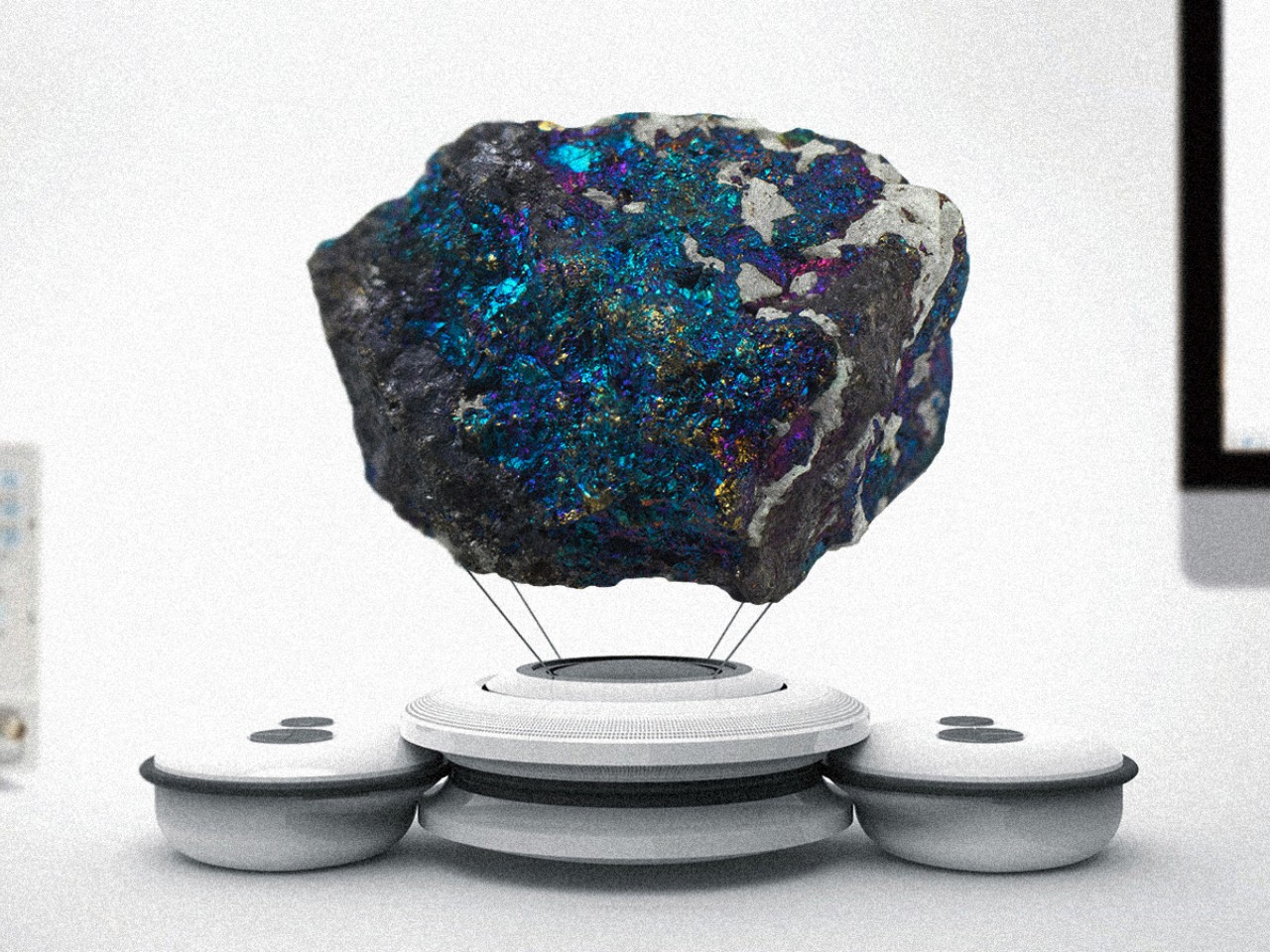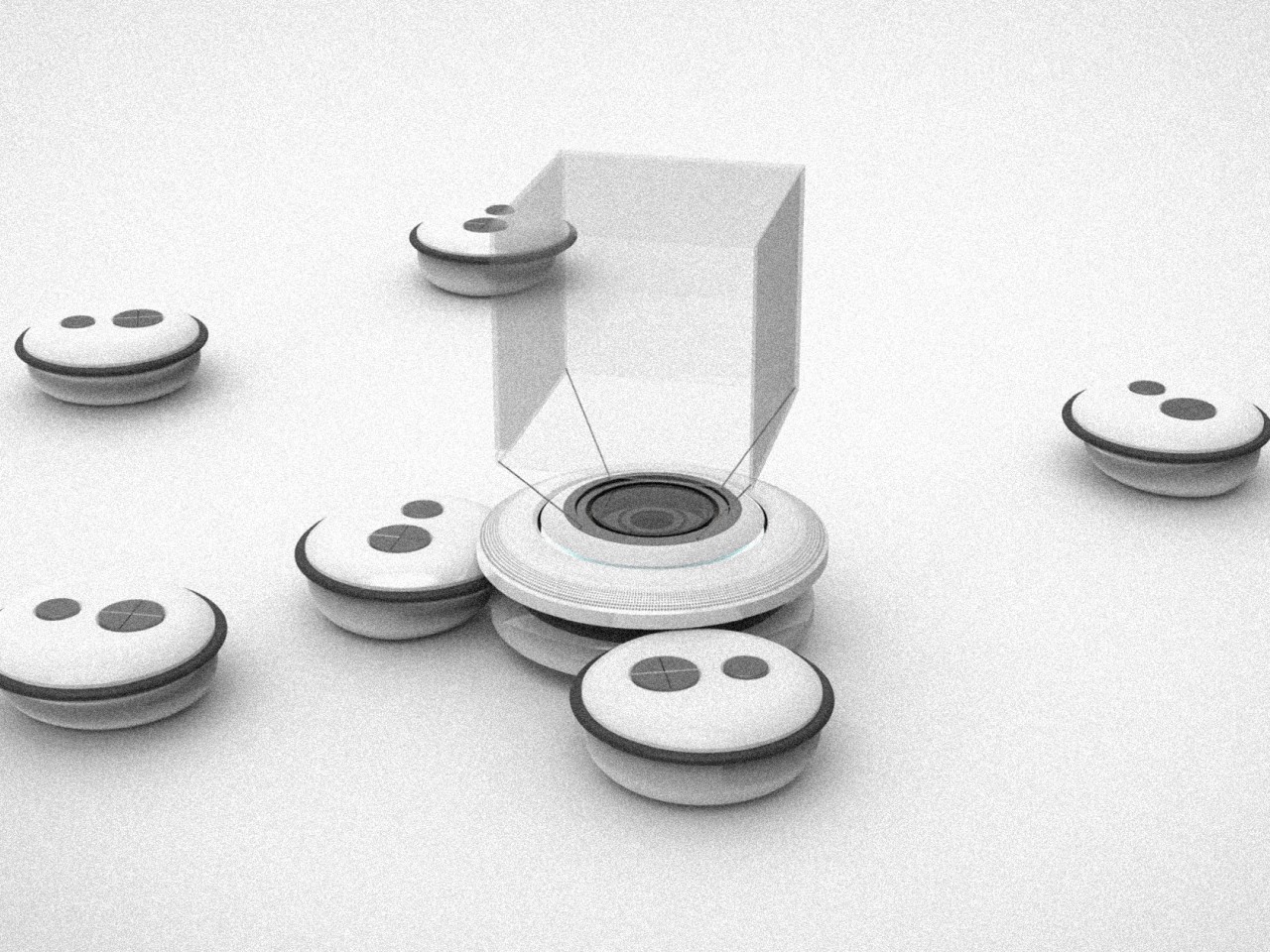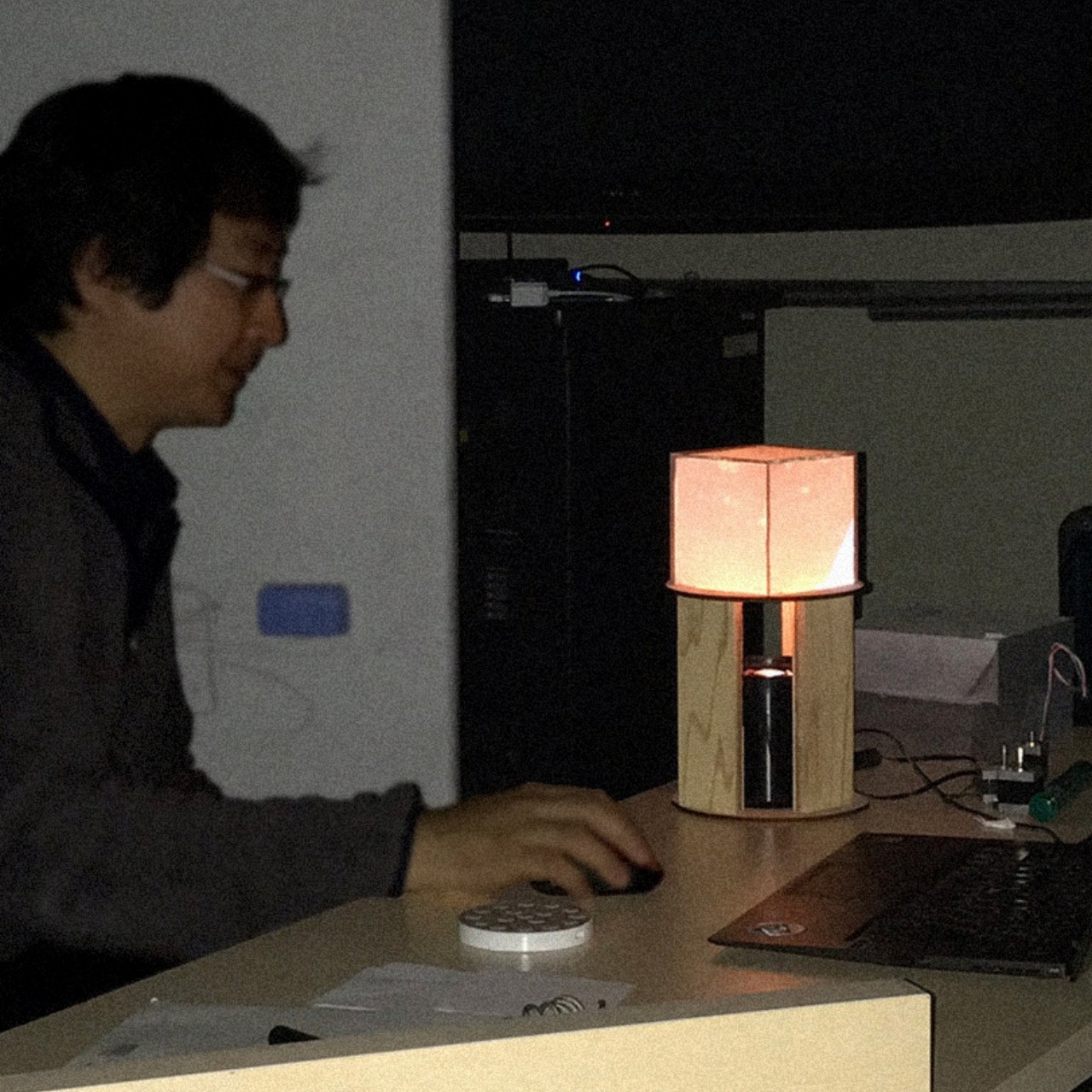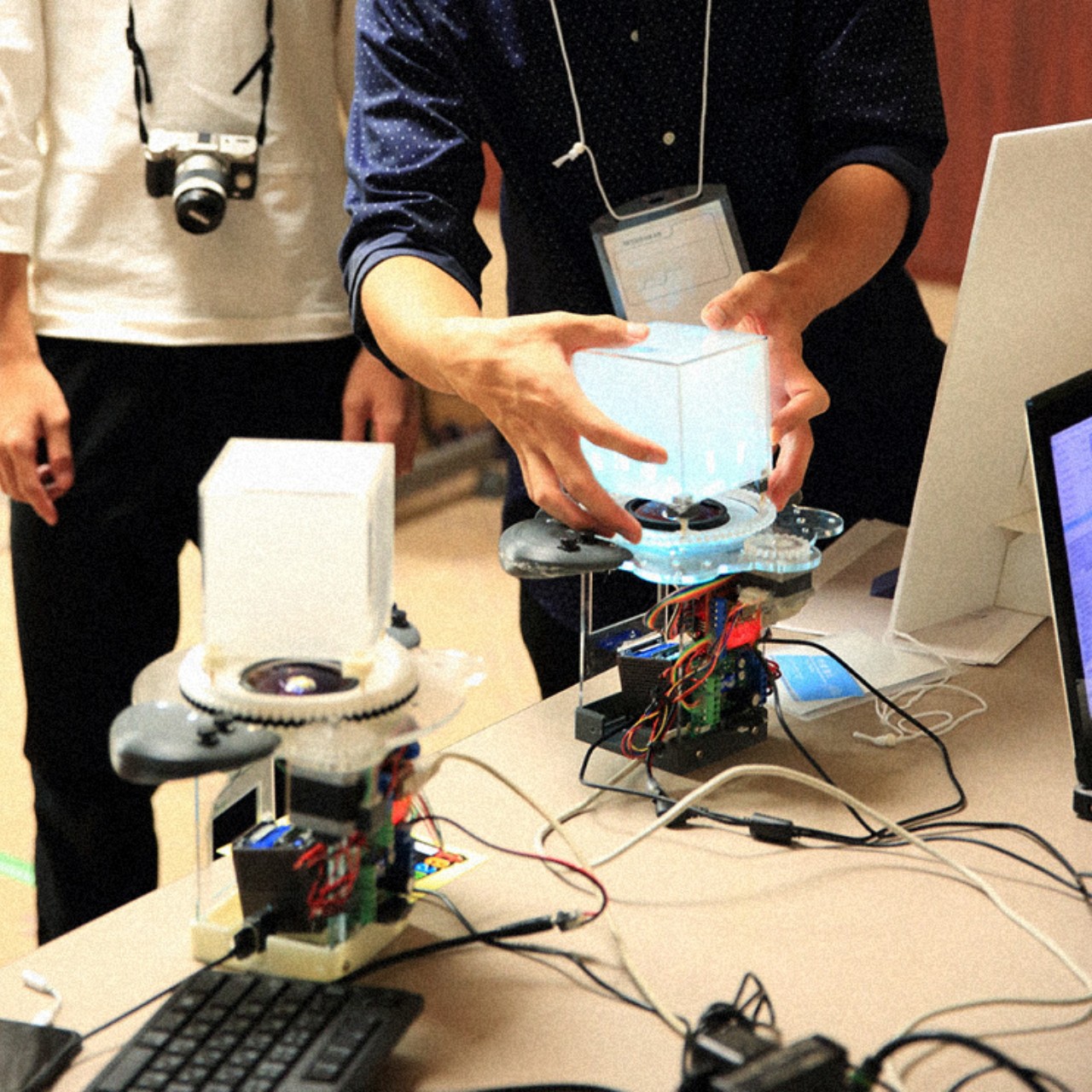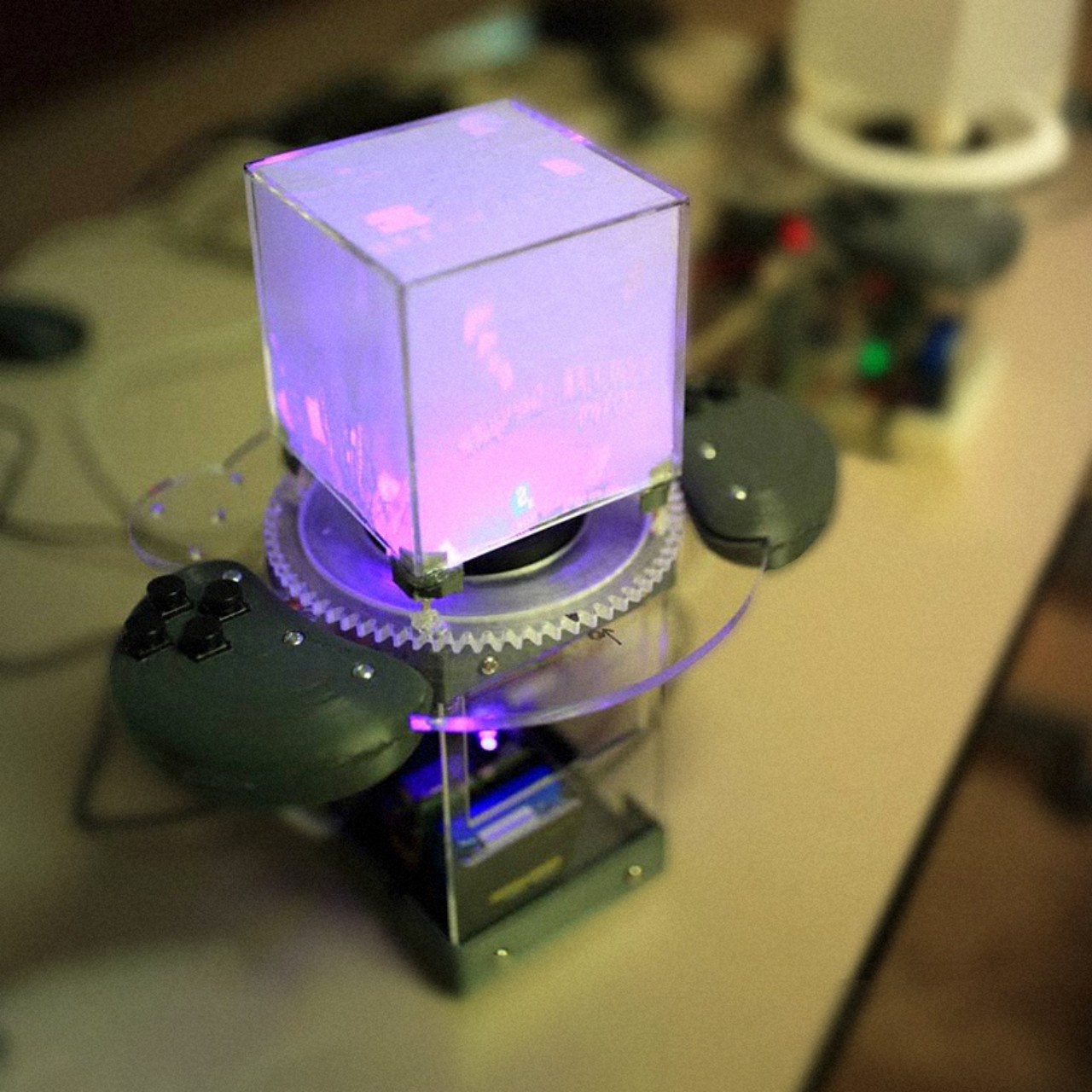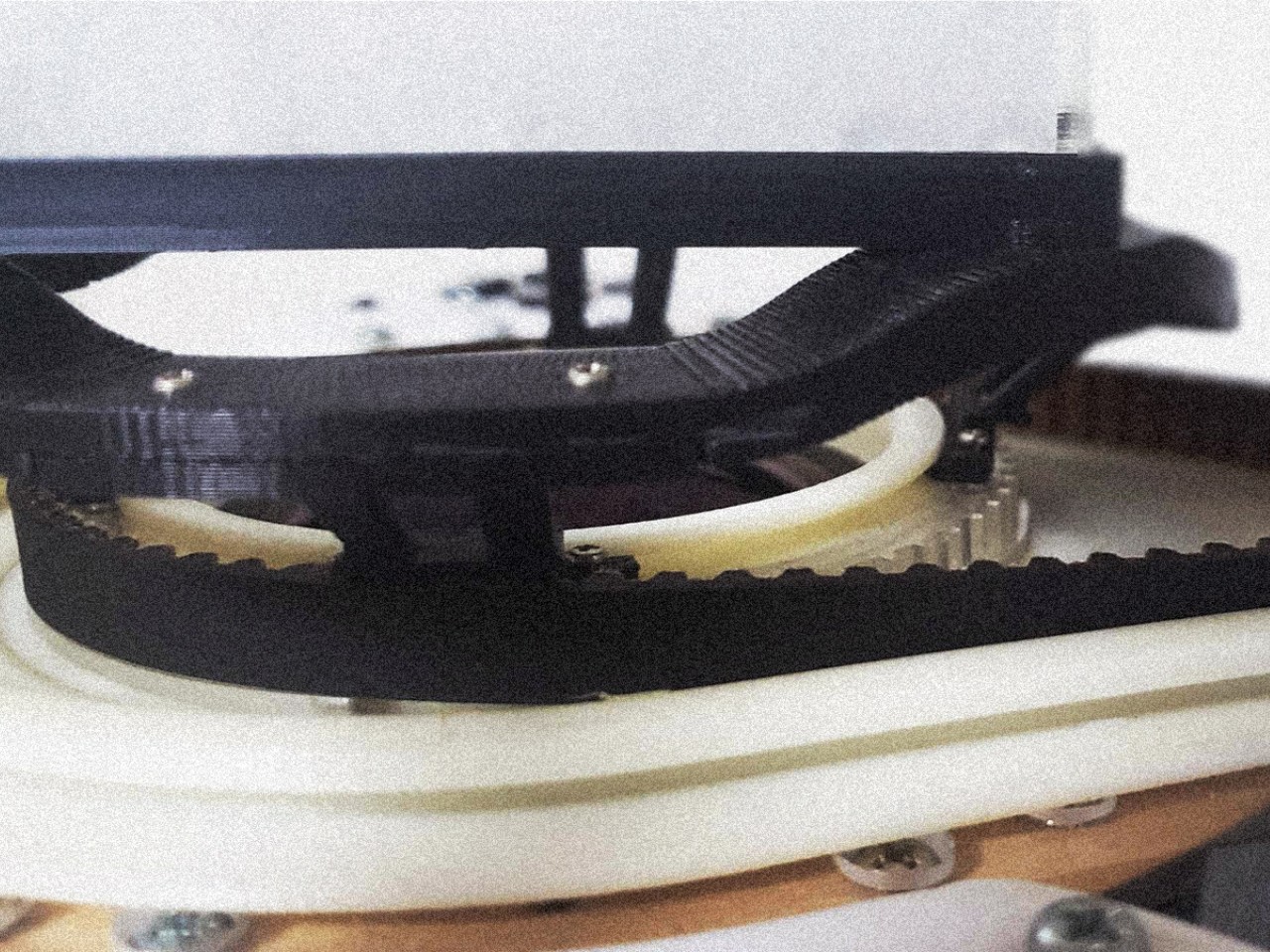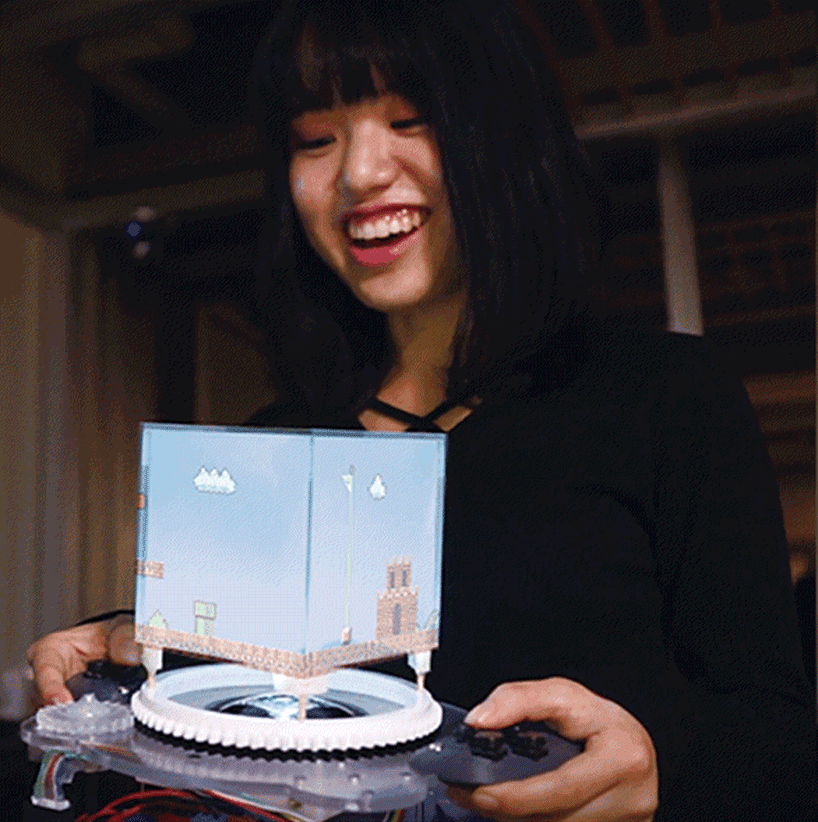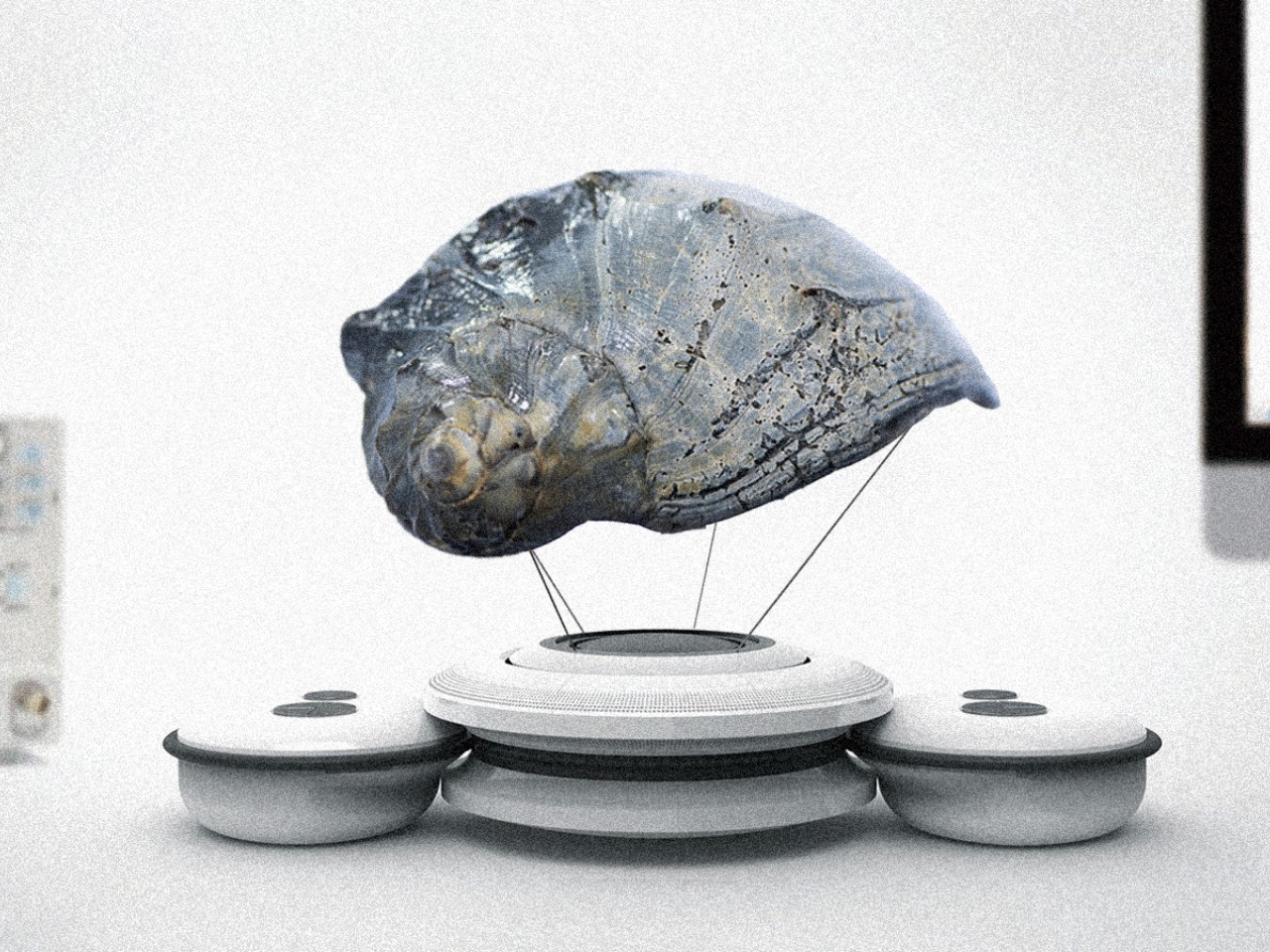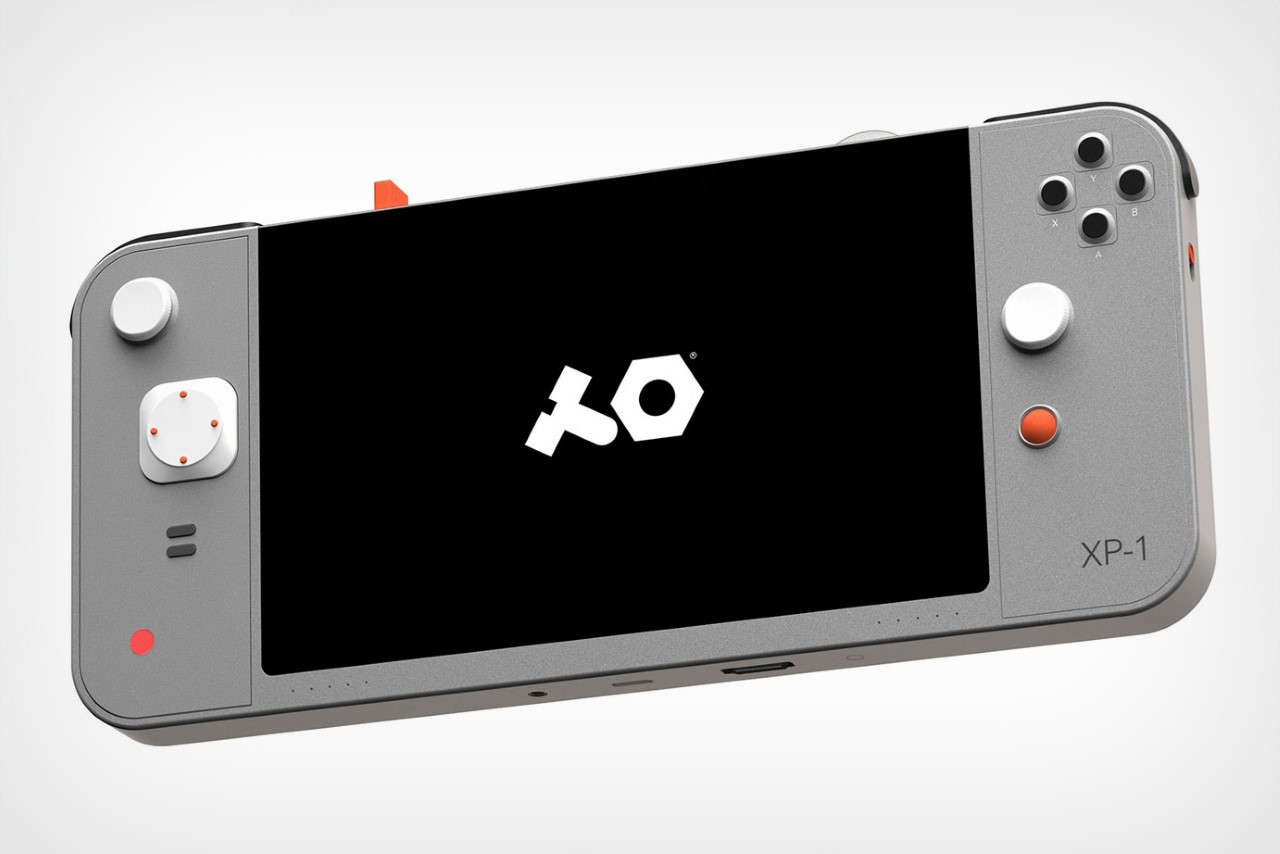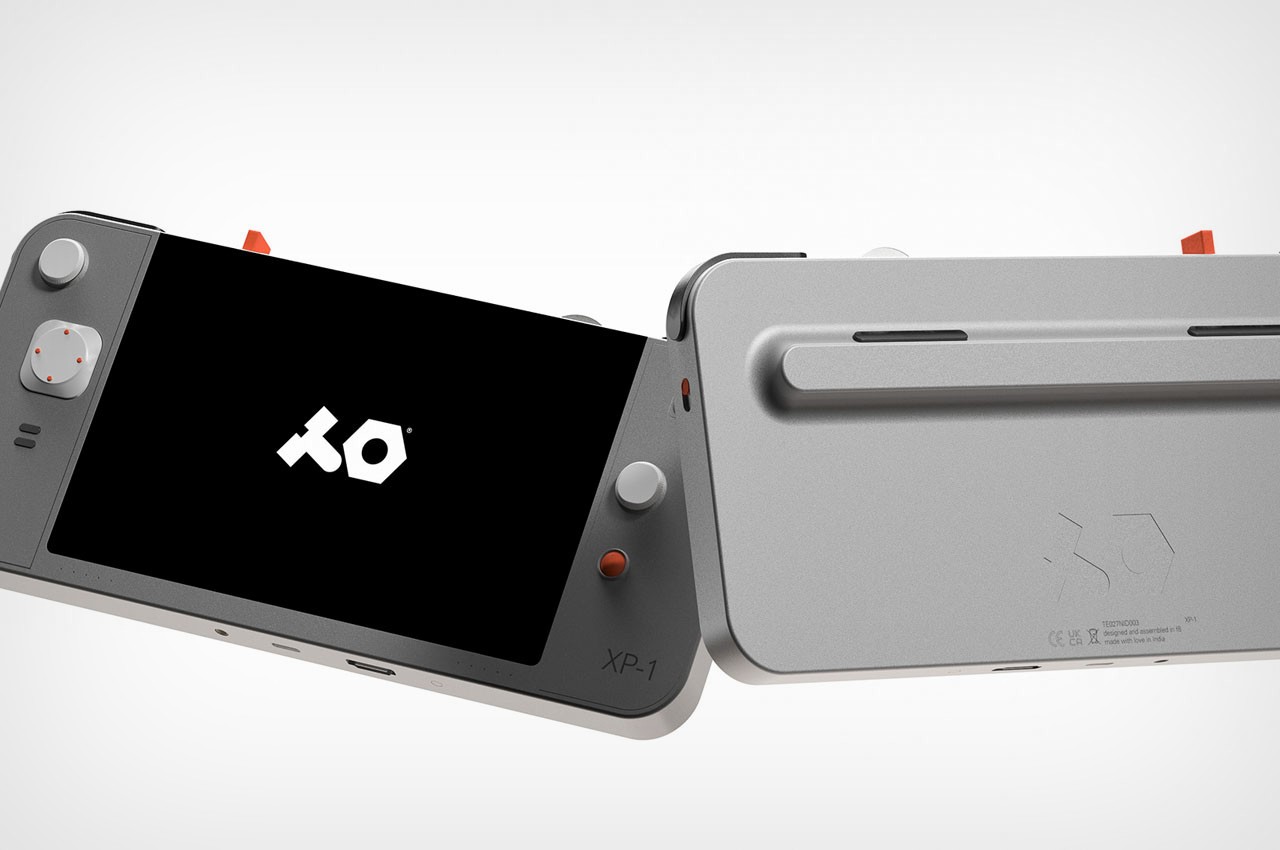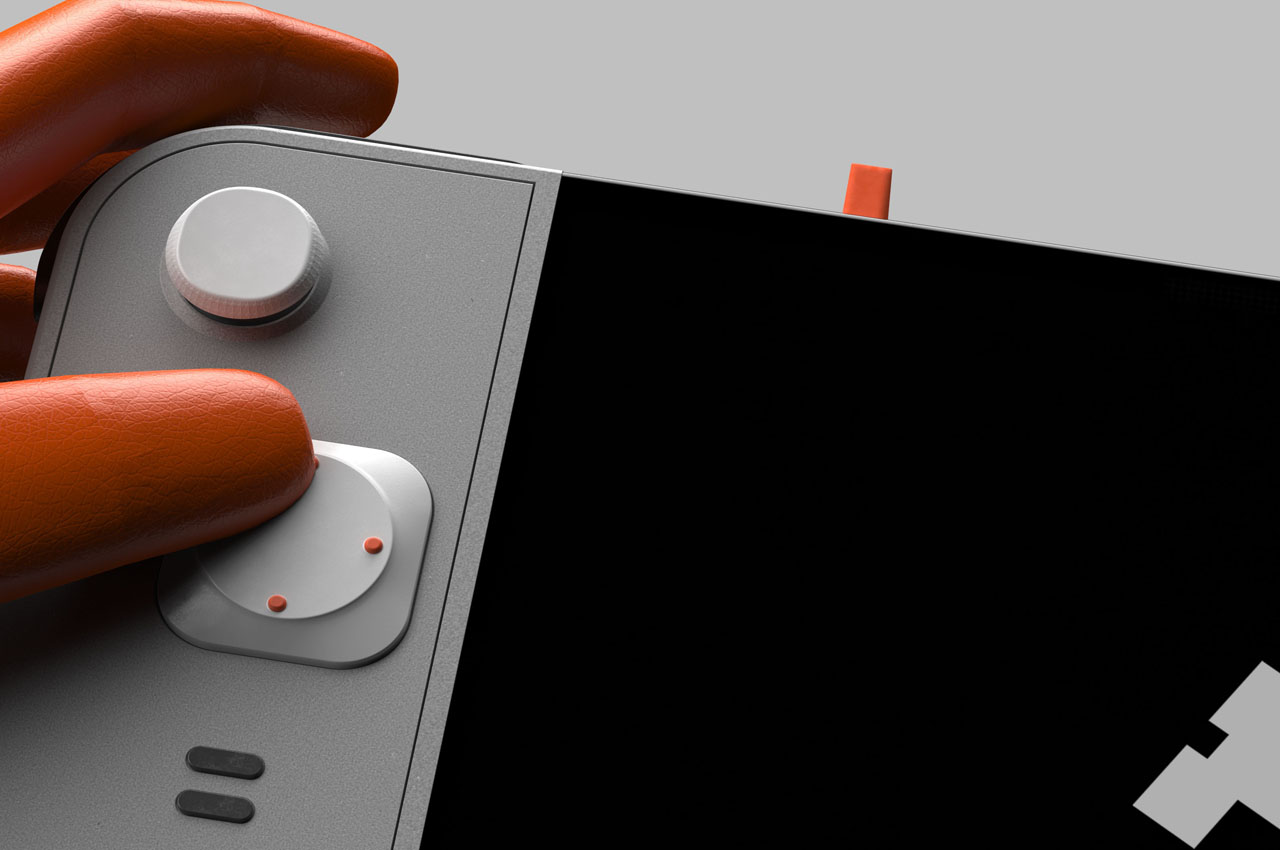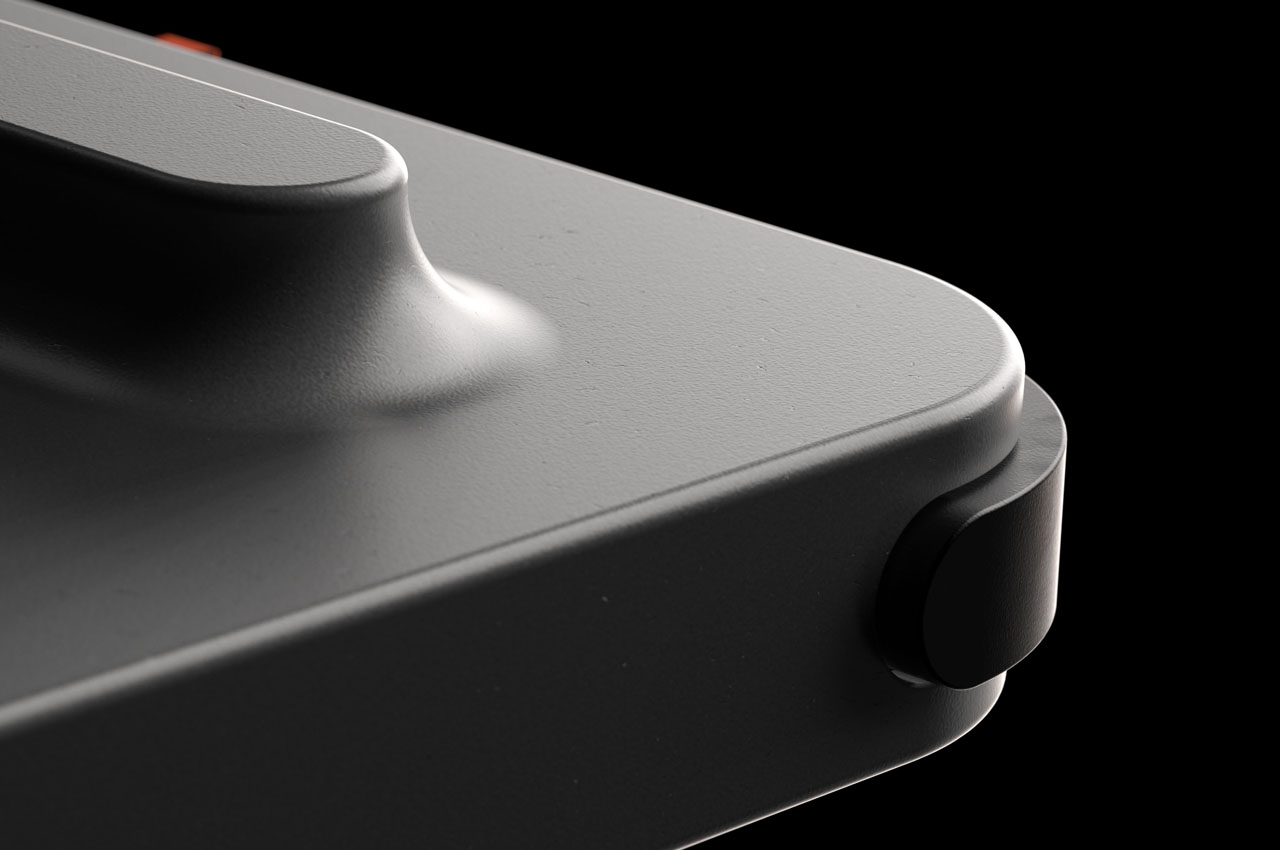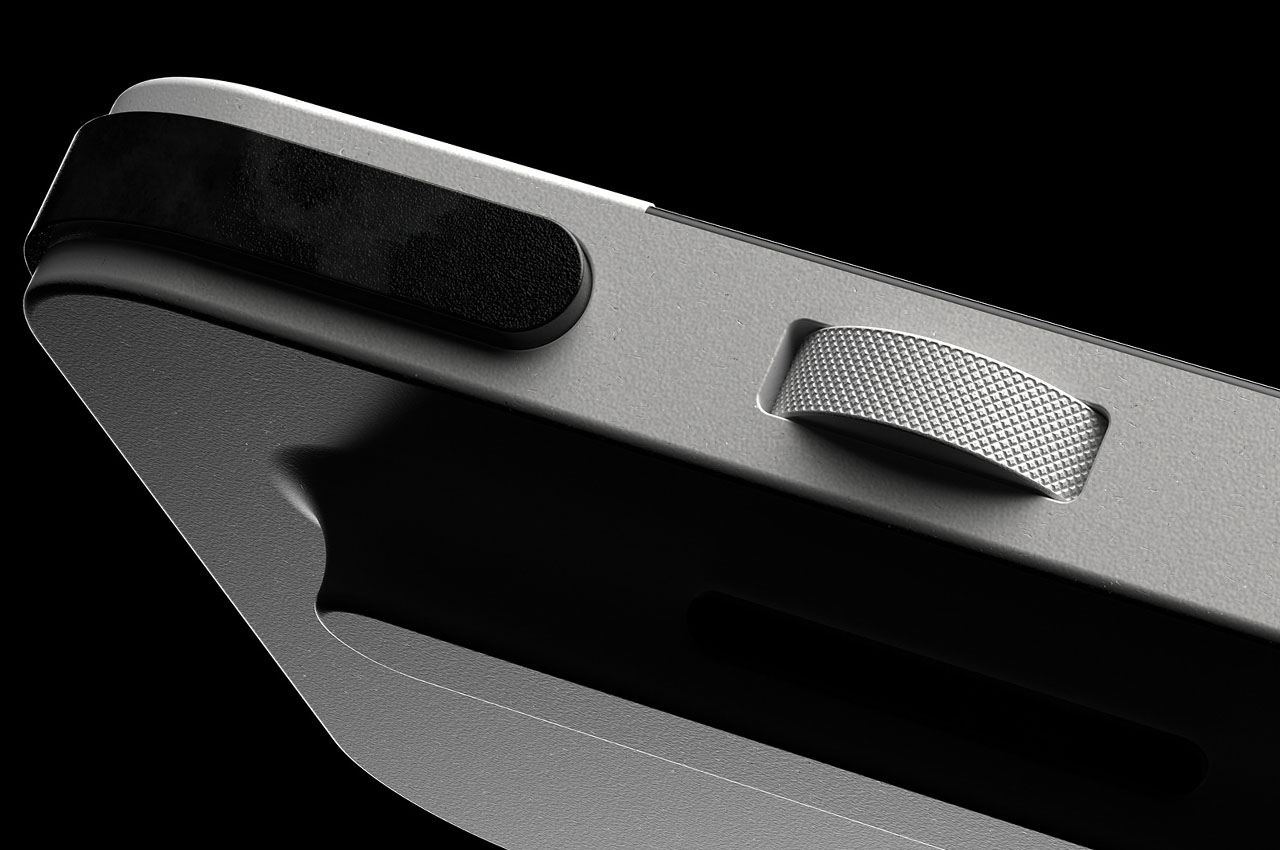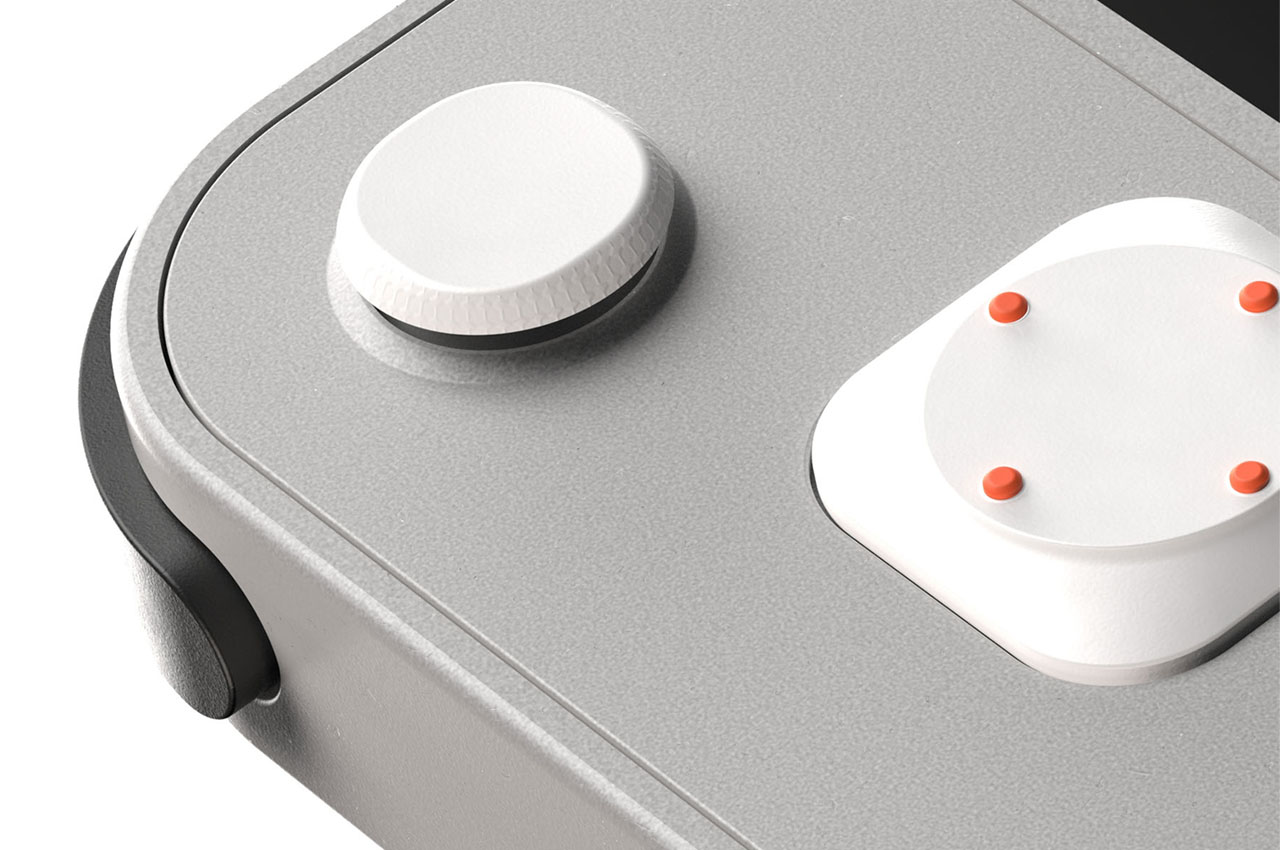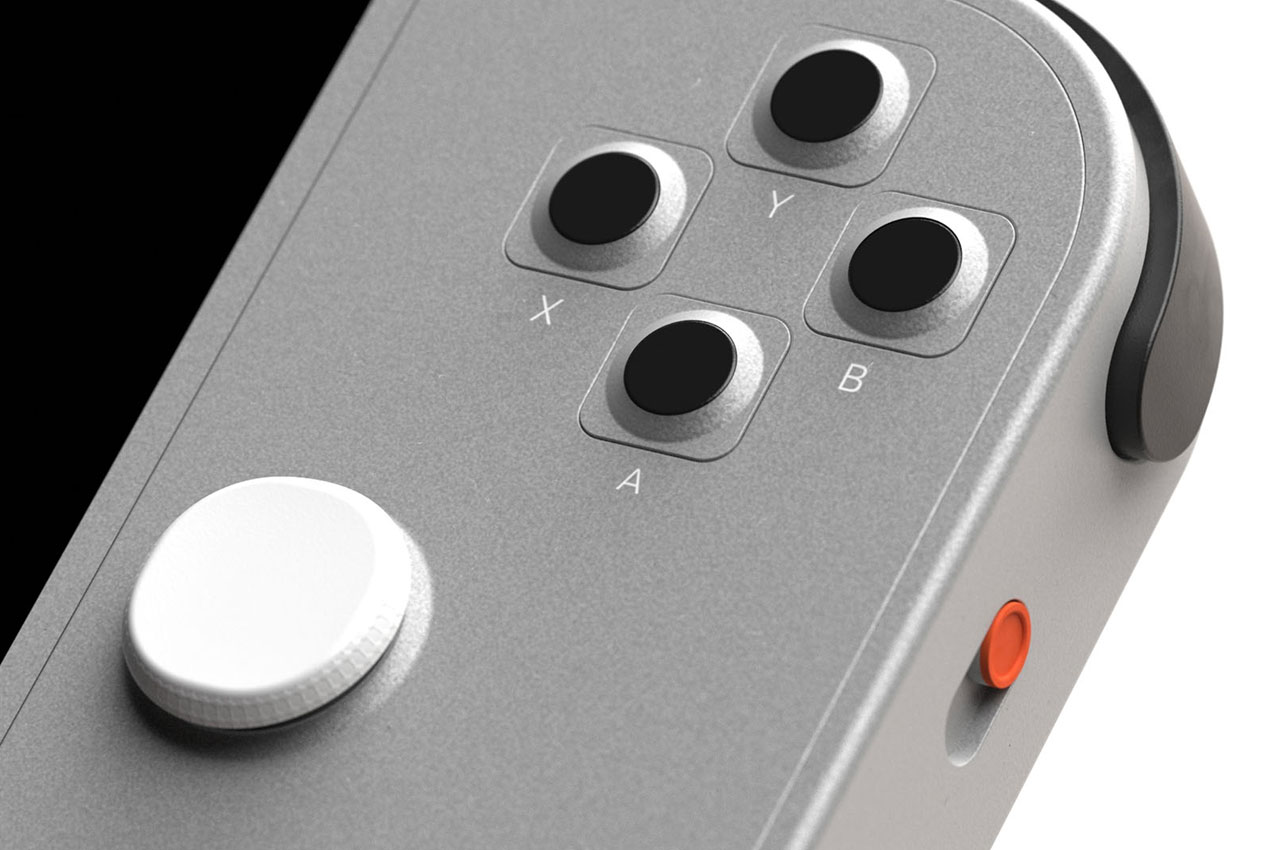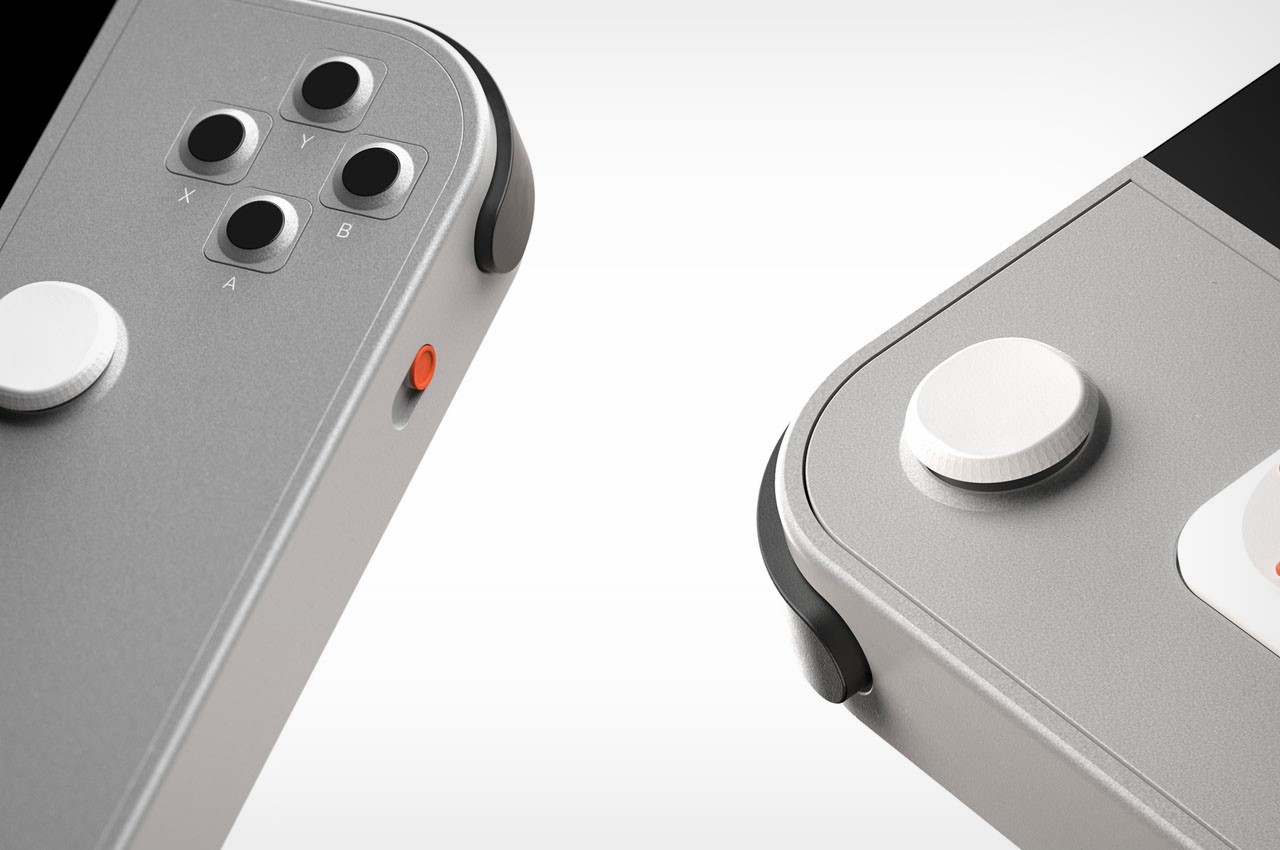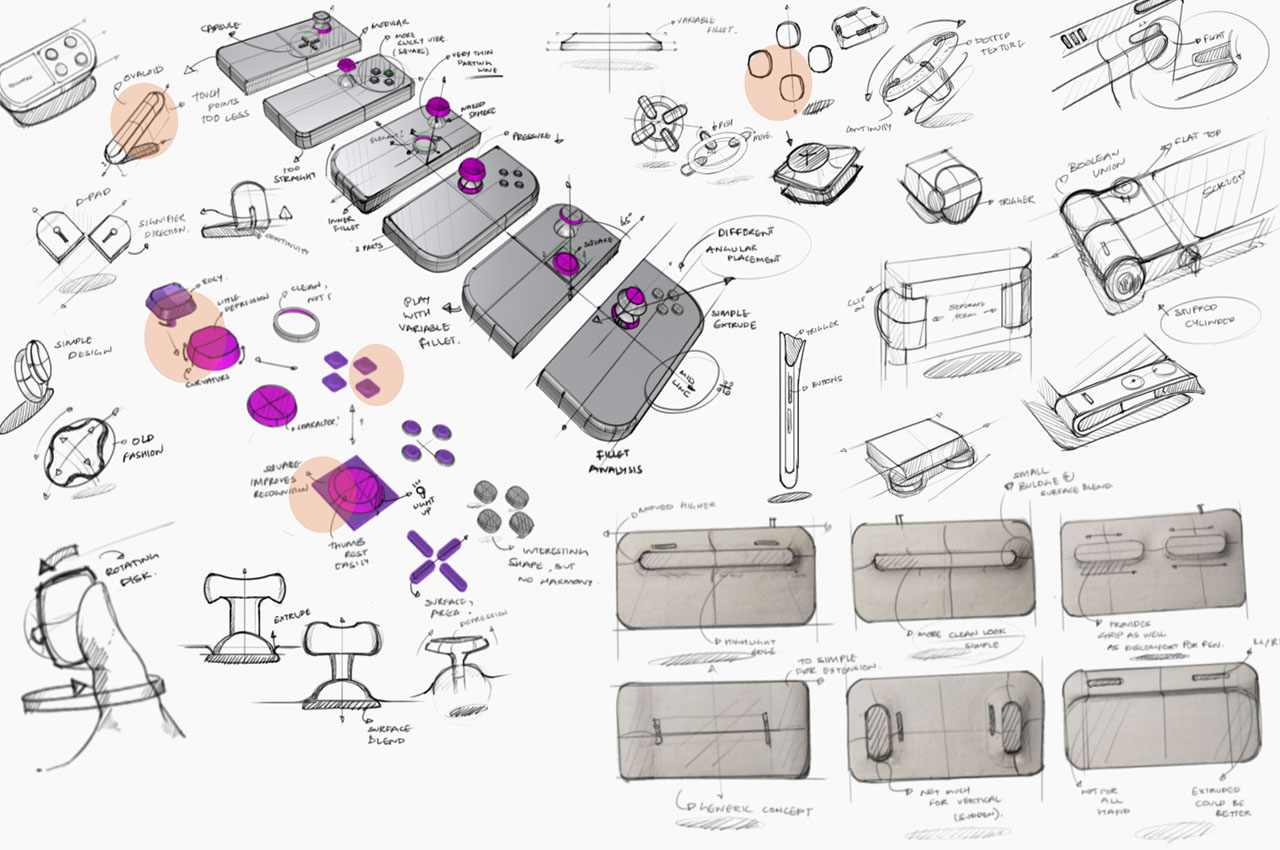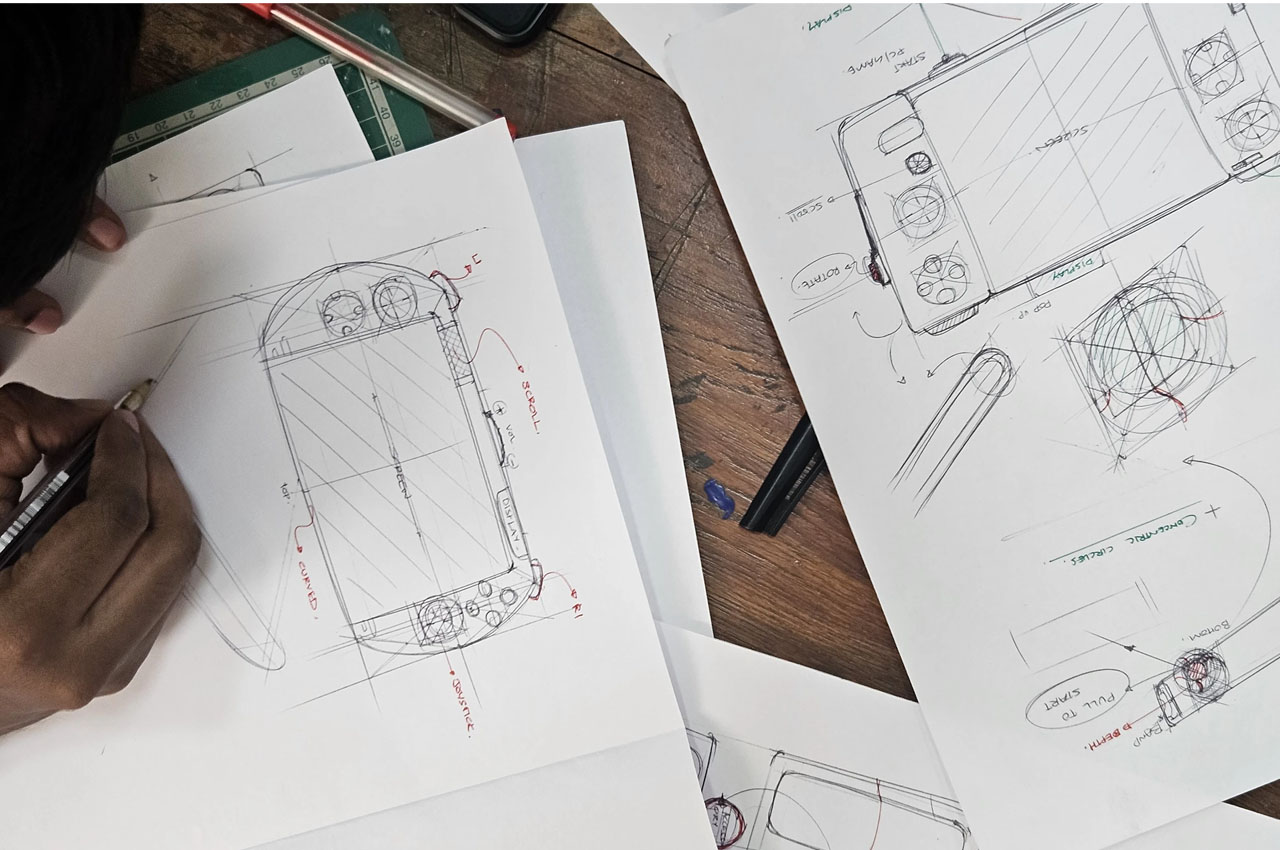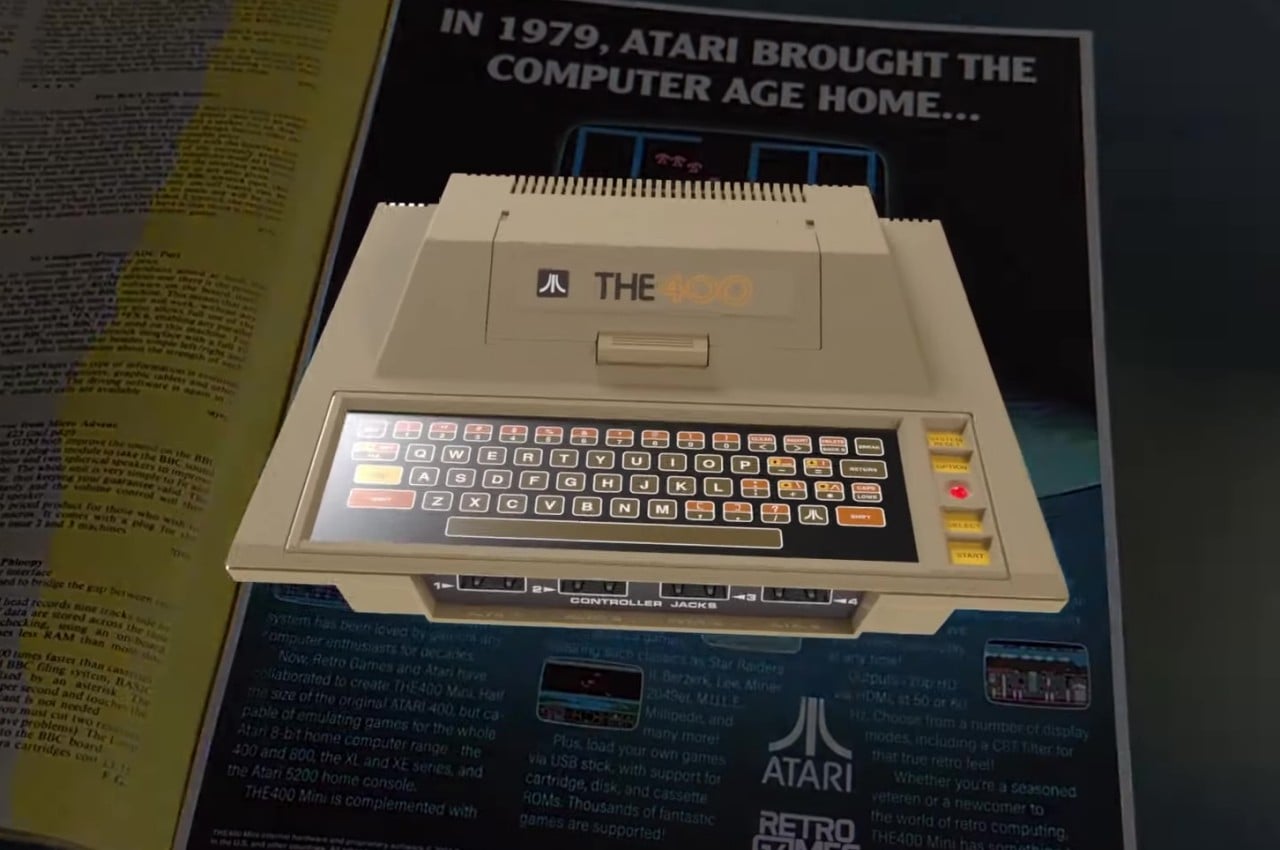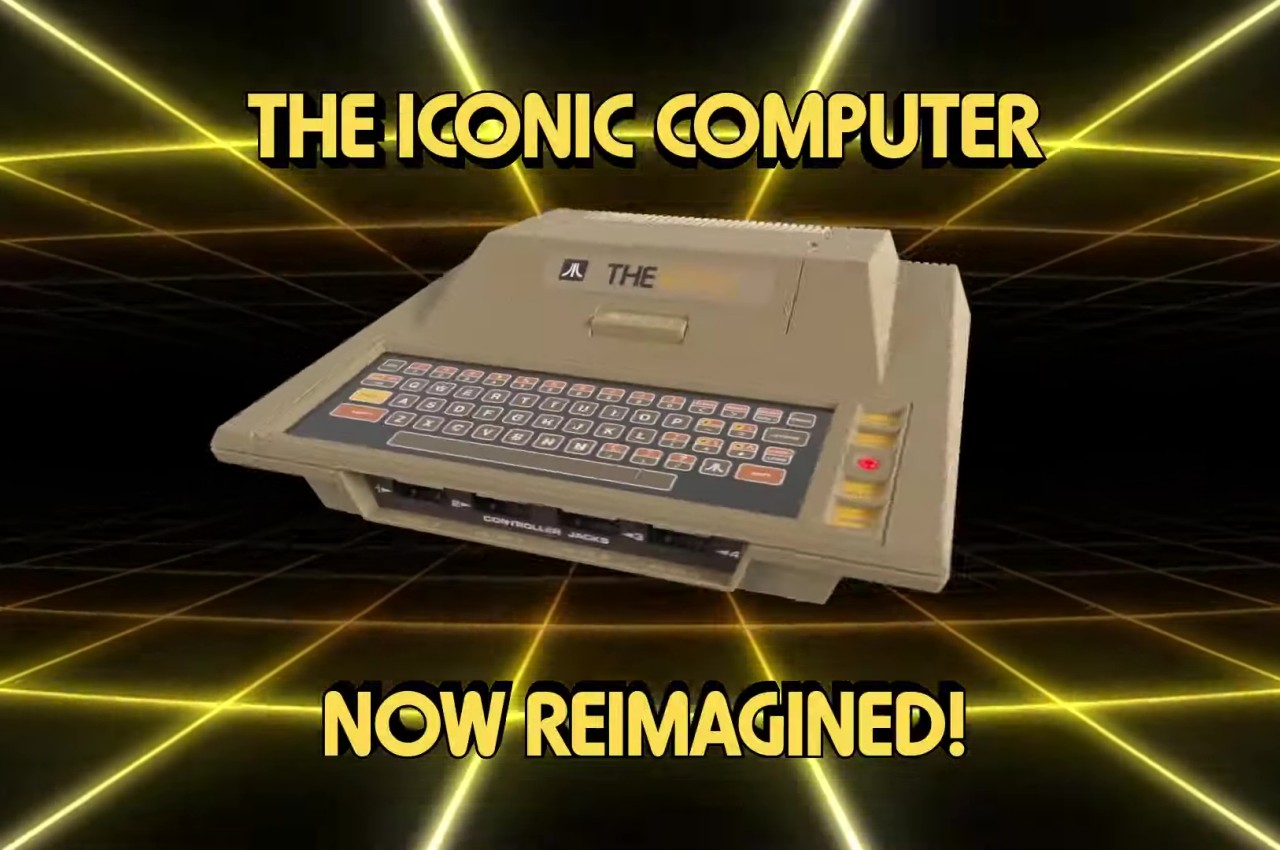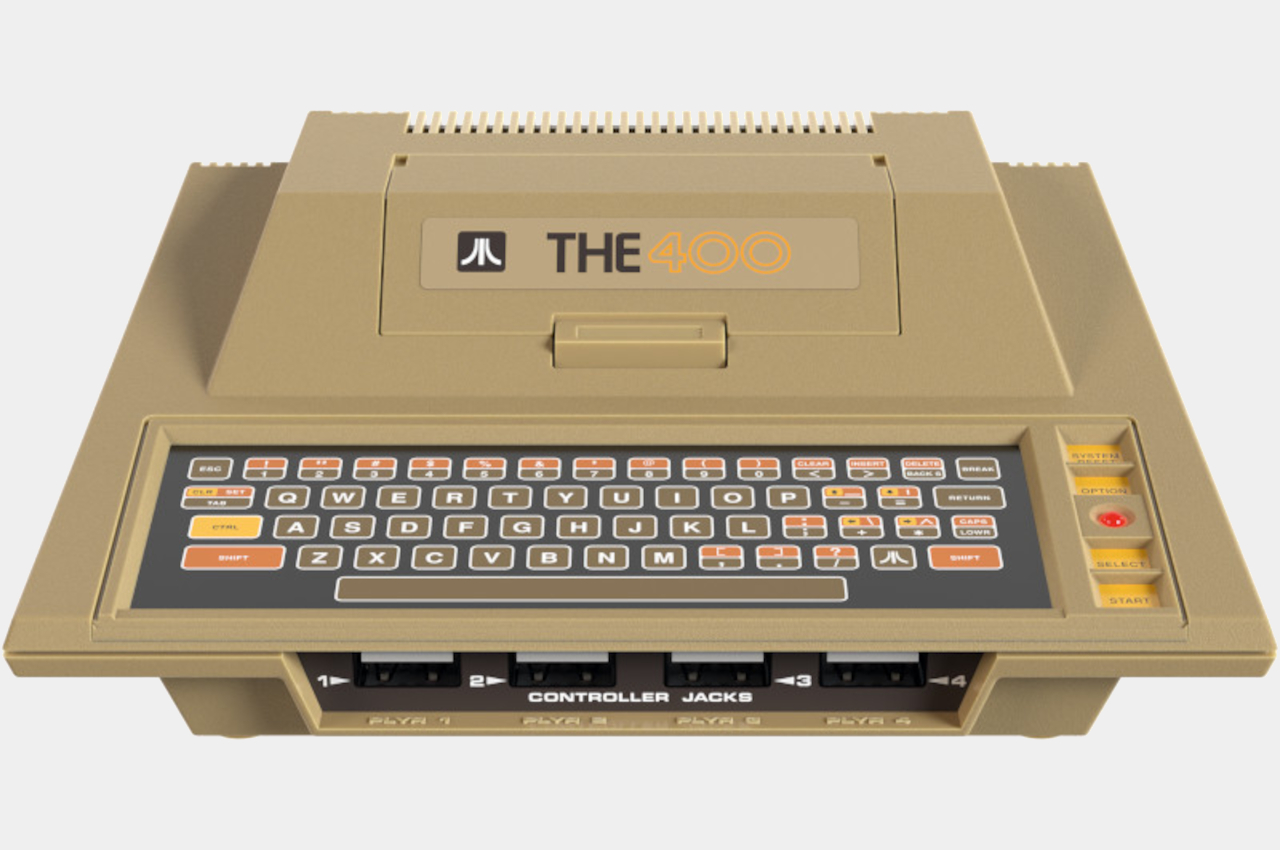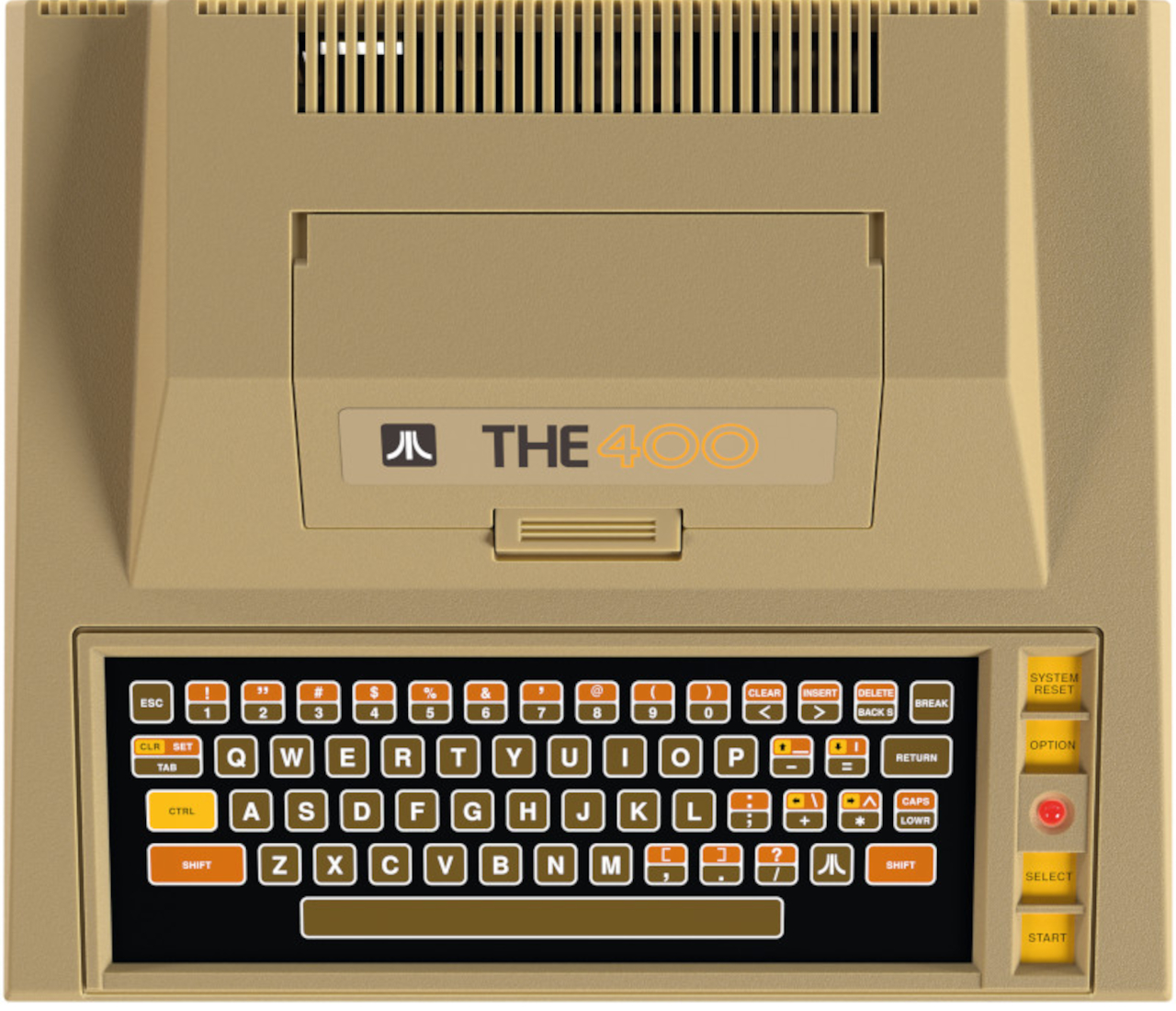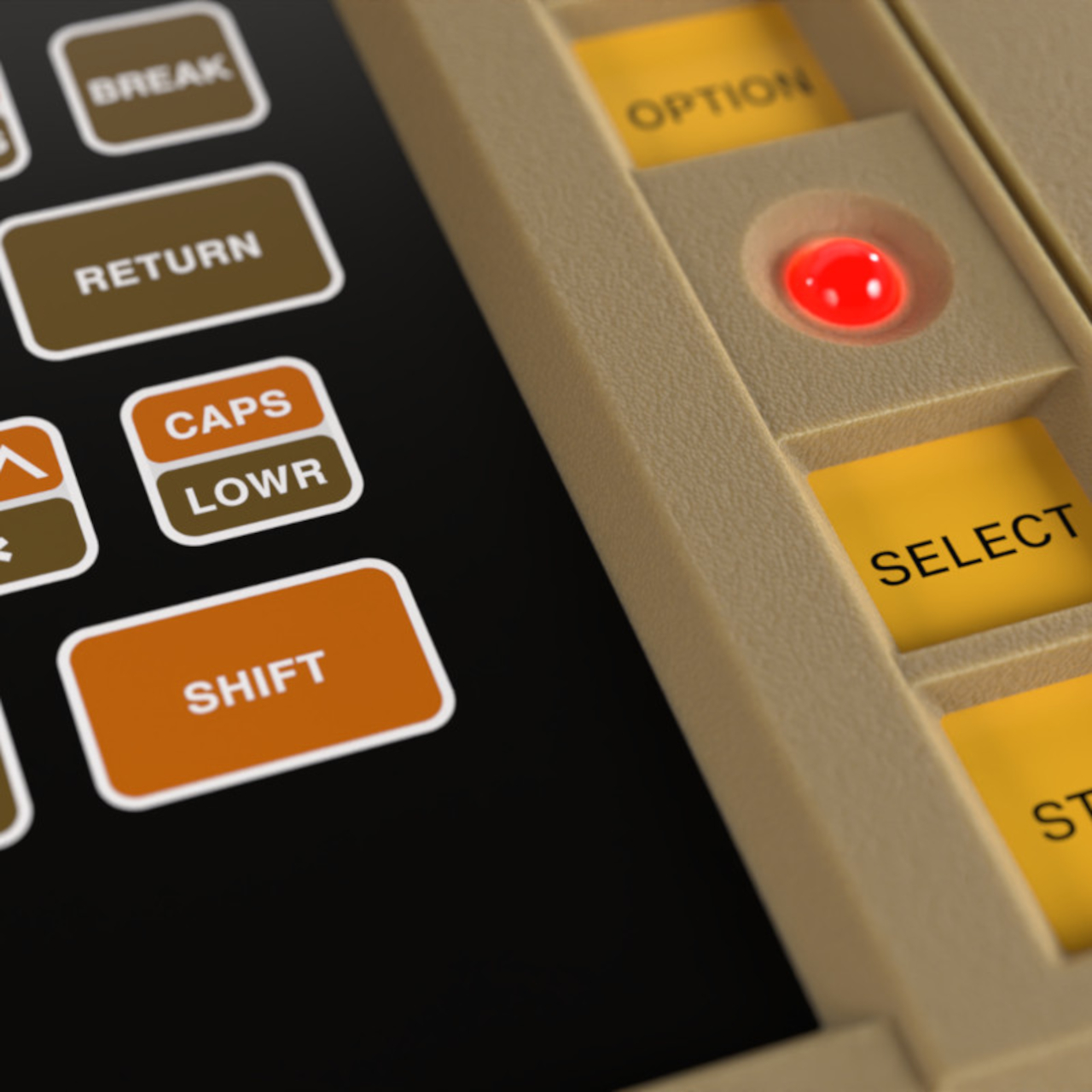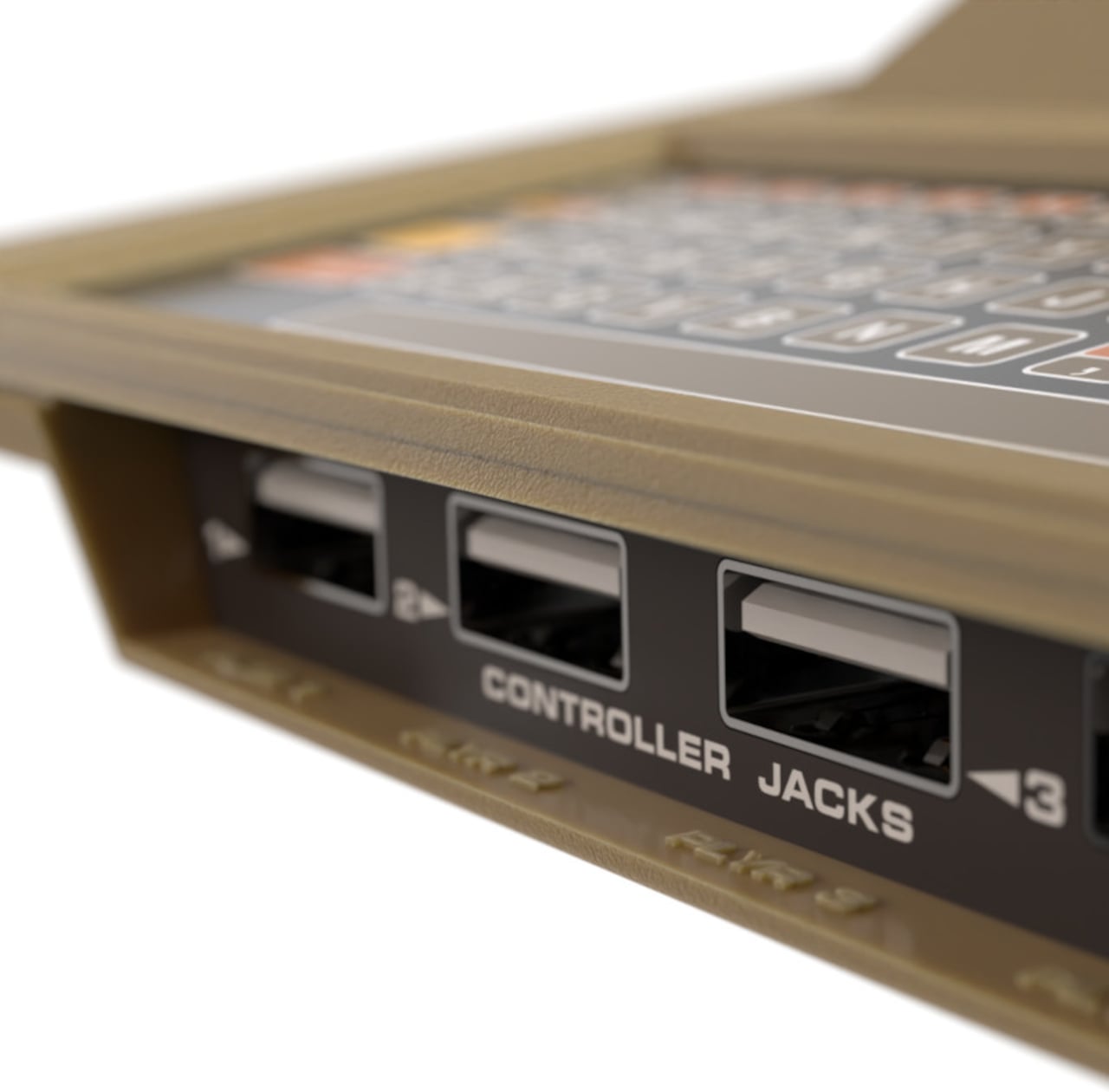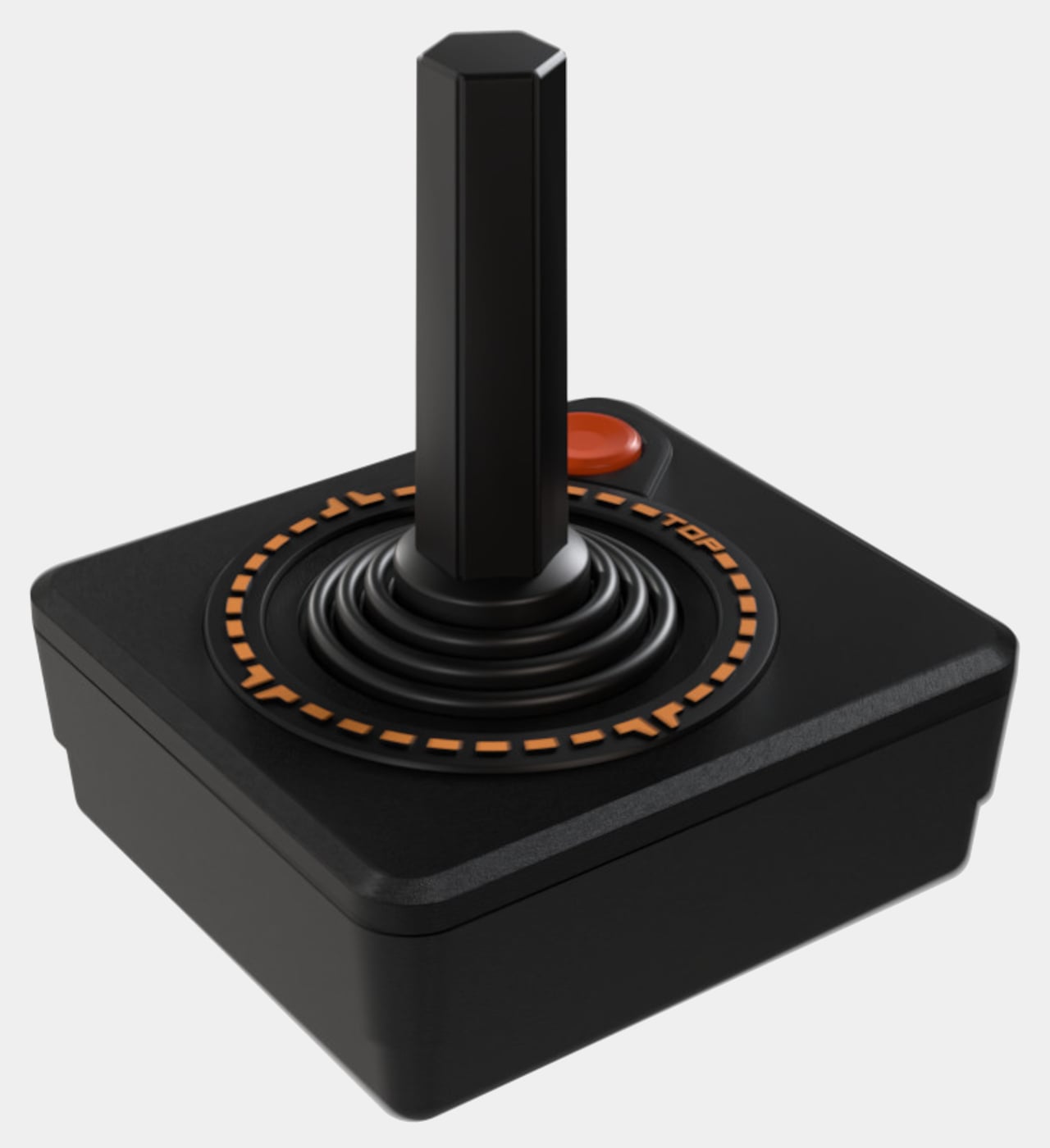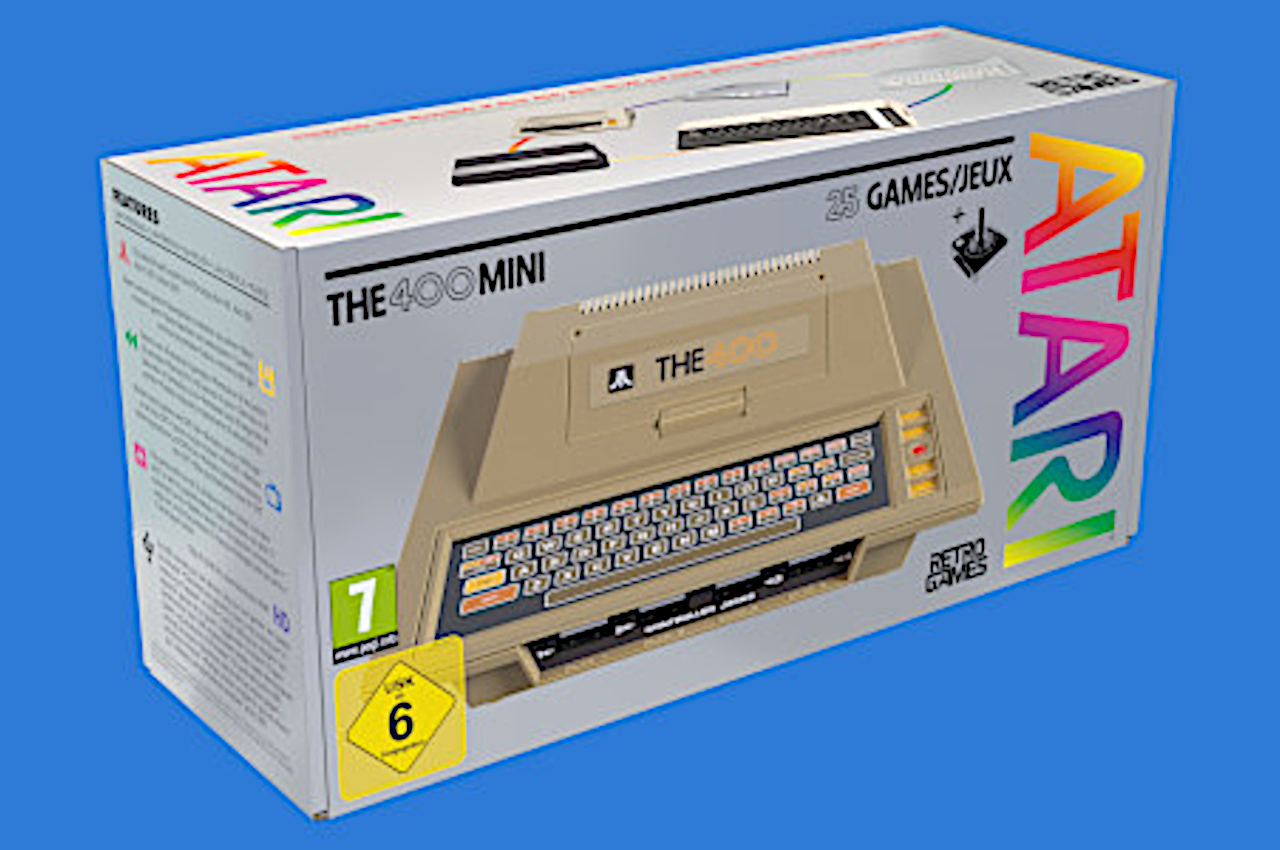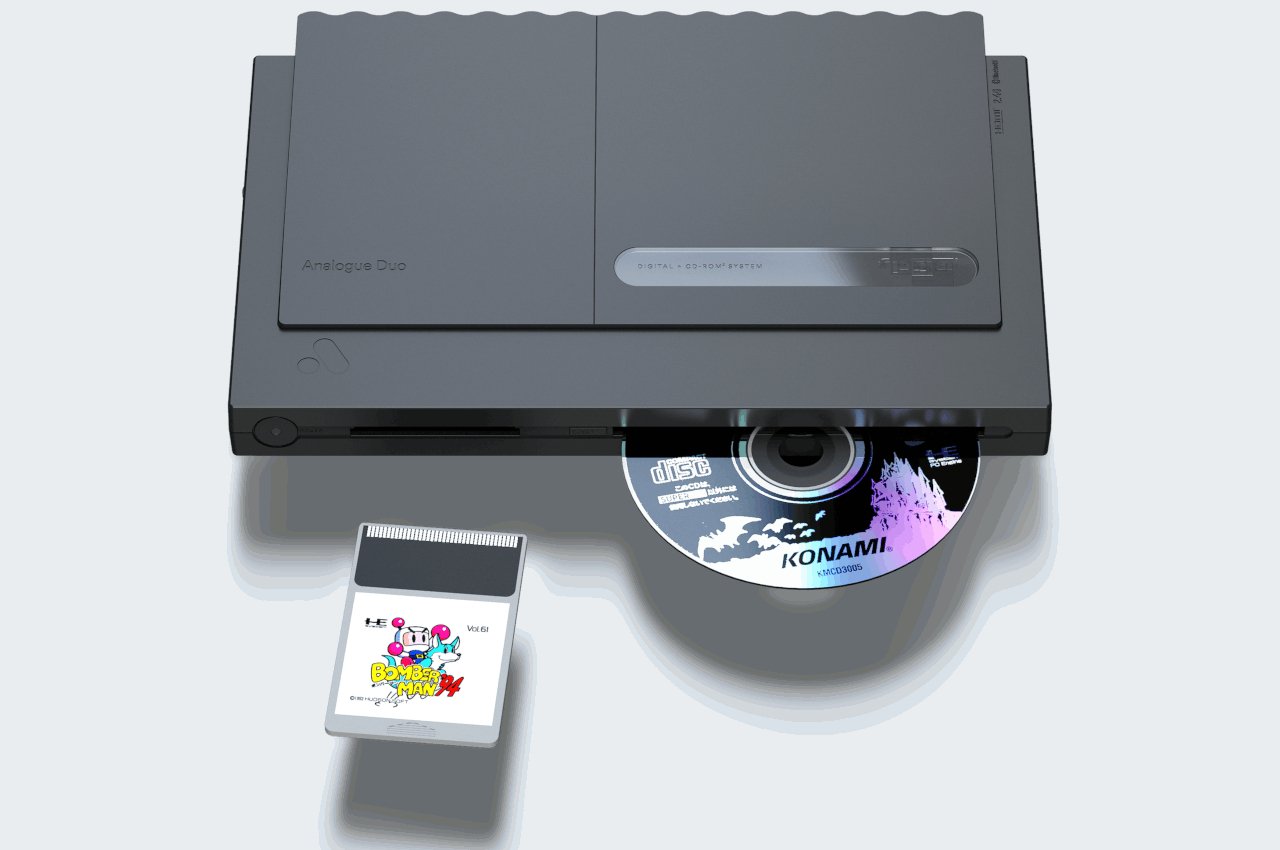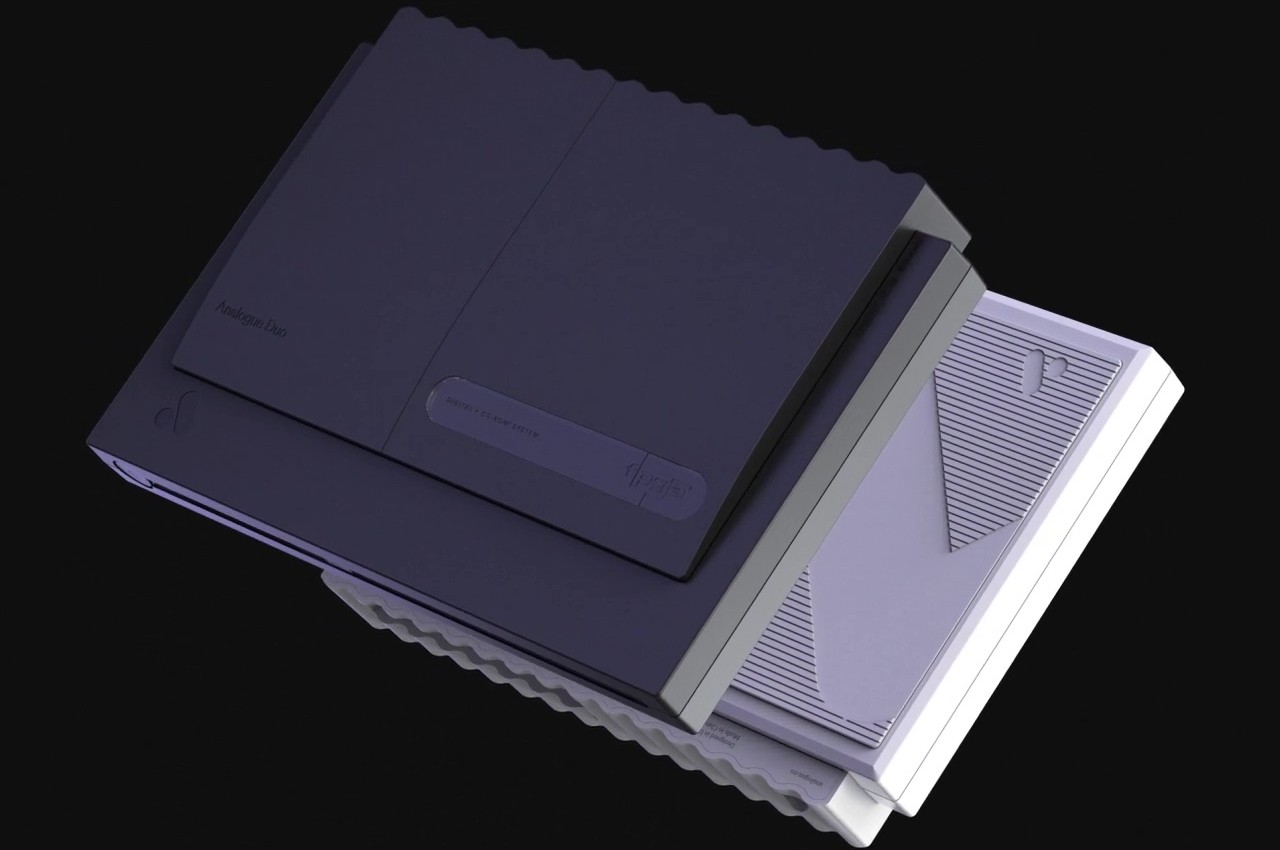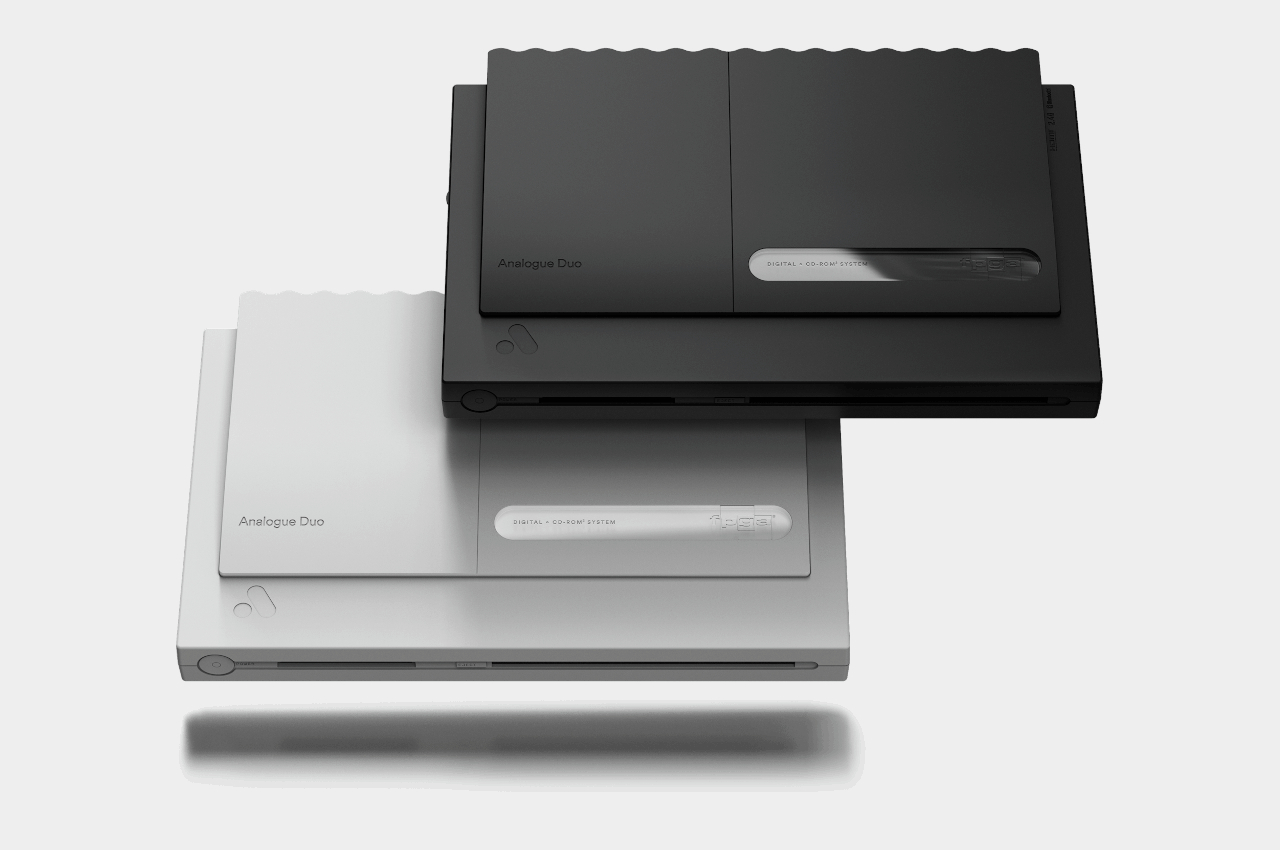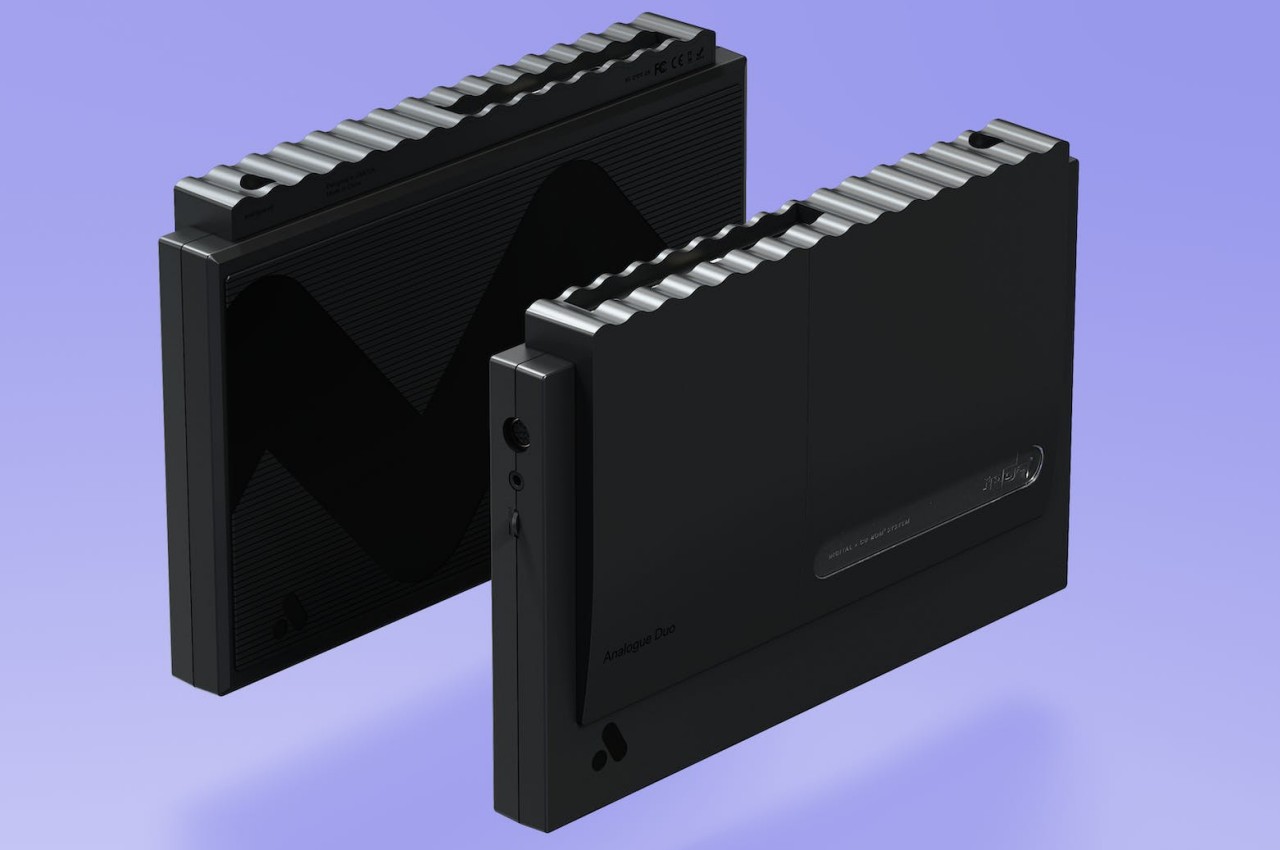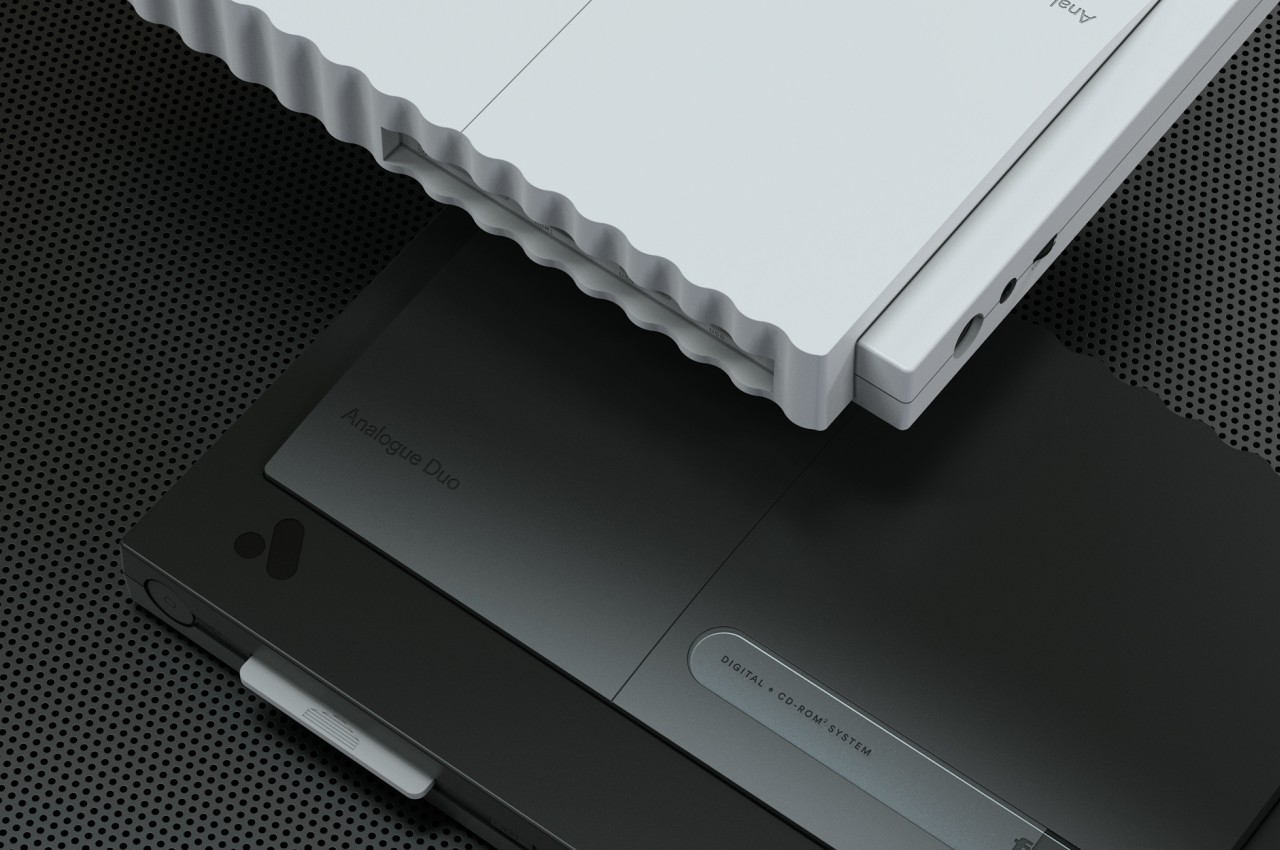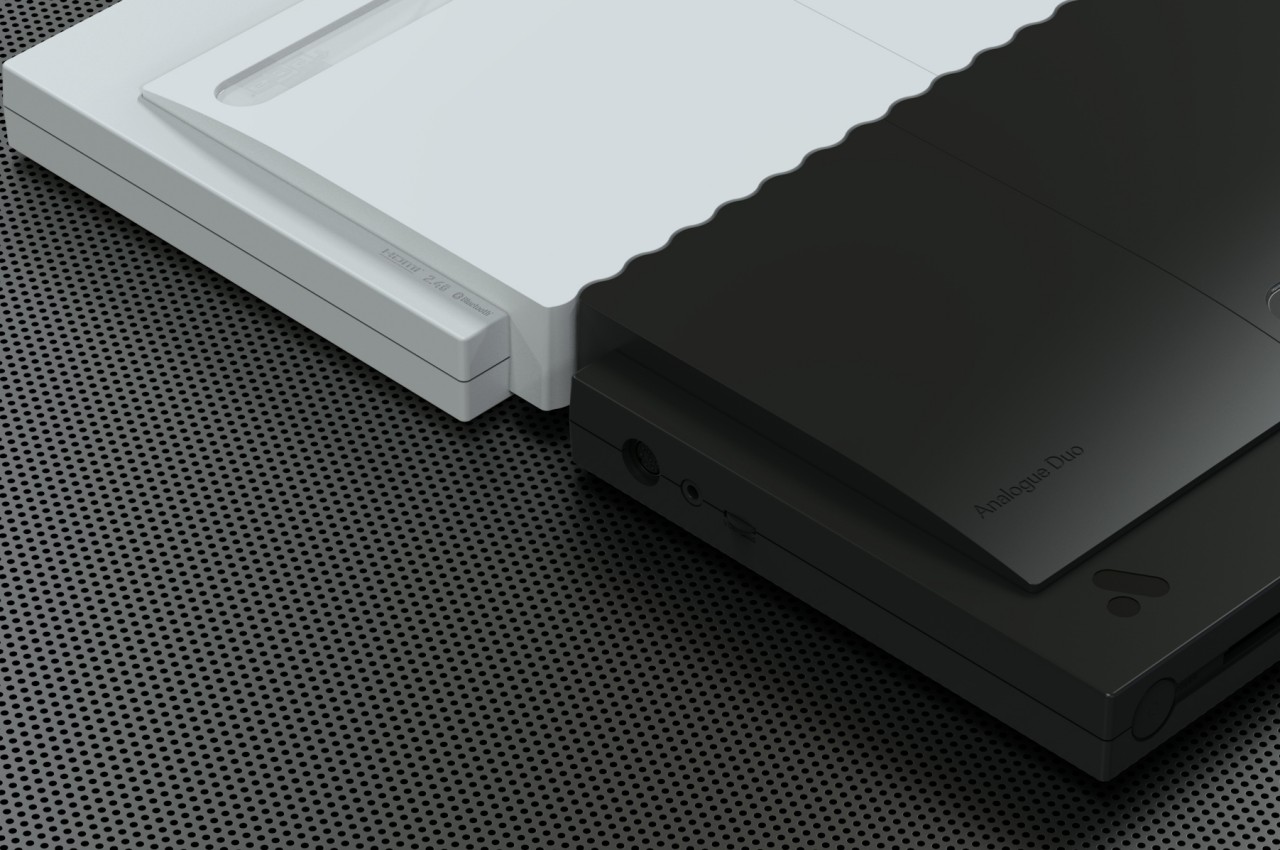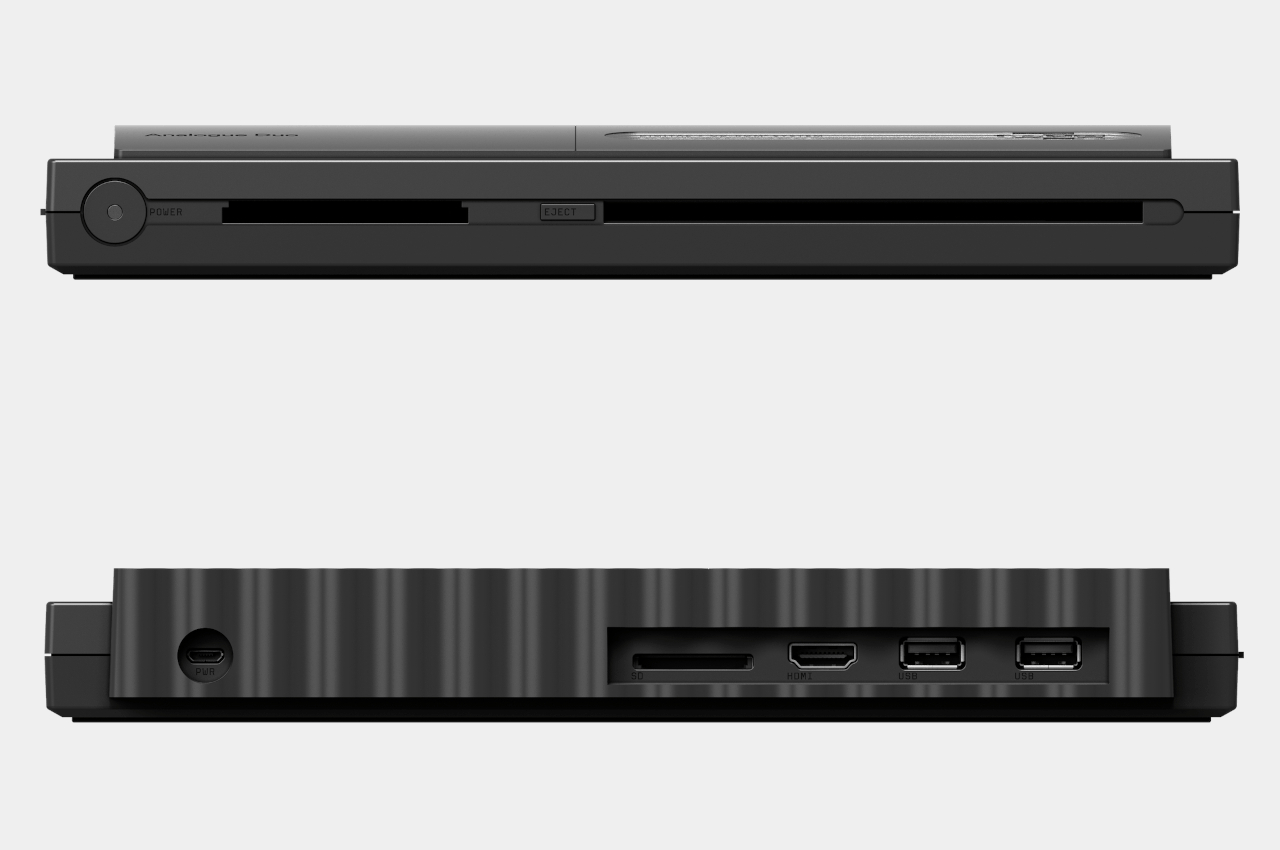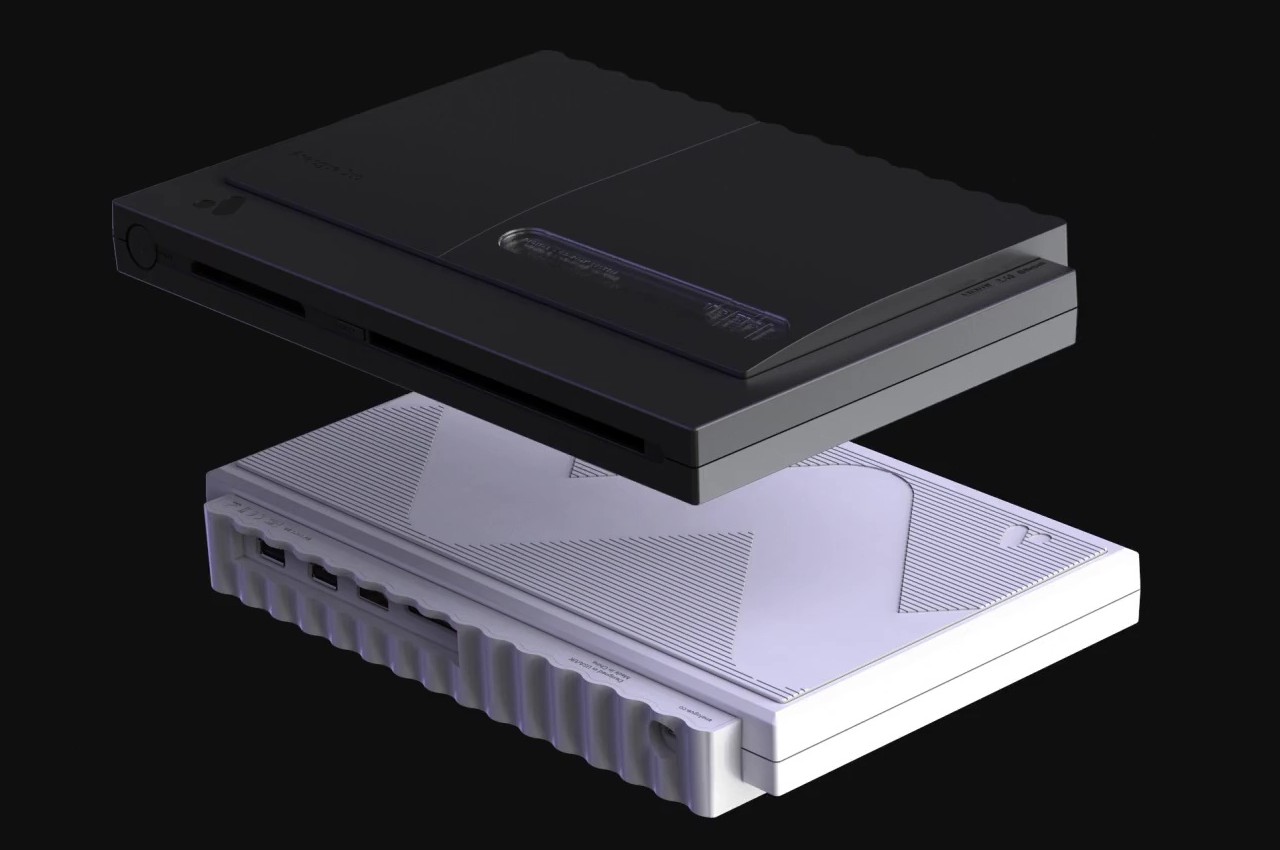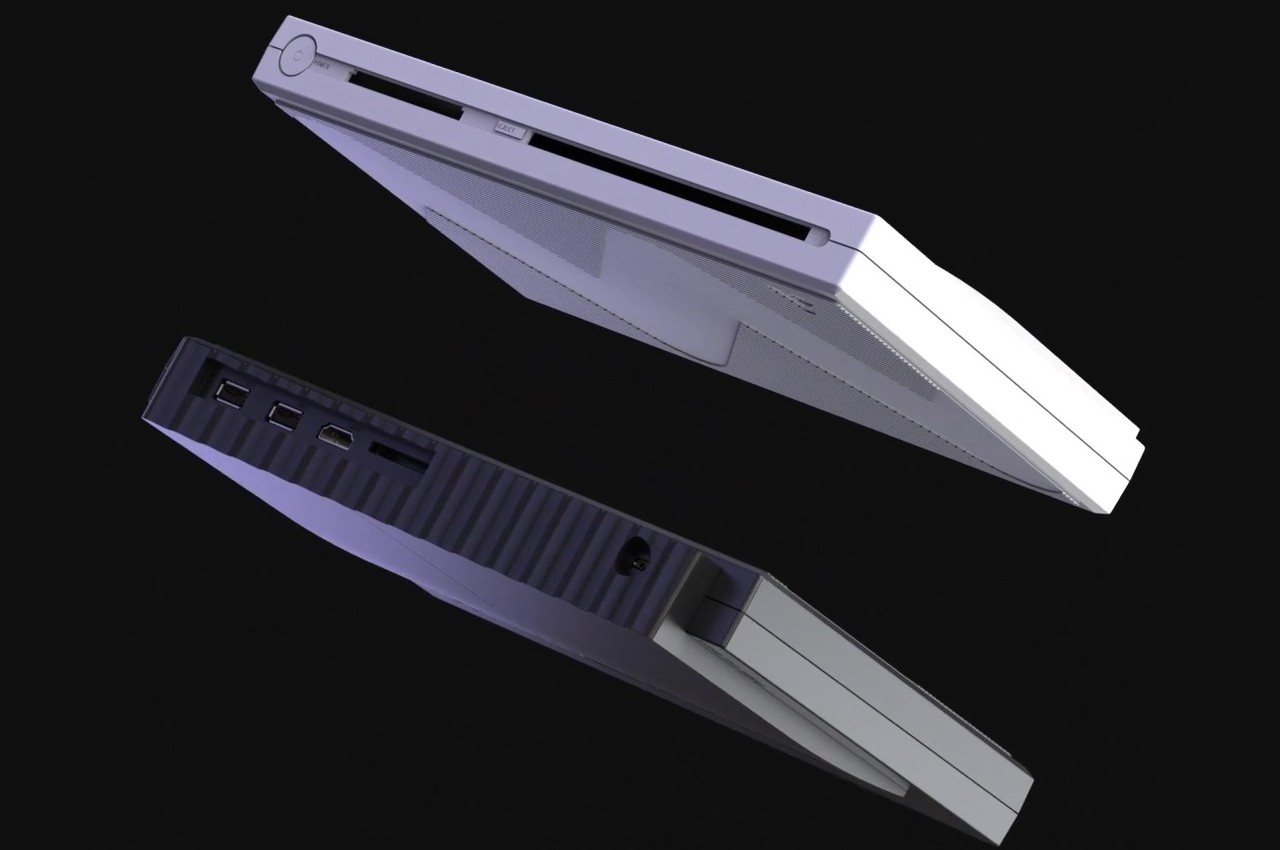What is old is new again, or at least that’s the slogan for this wave of nostalgia trips washing over multiple industries today. Vinyl is selling again, Polaroid is now spelled “INSTAX,” and consoles that were famous before you were born are landing on shelves in miniature form. Interestingly enough, these retro designs prove just how powerful and lucrative nostalgia can be, especially if you can spin it in a way that makes sense in the present and for the foreseeable future. This recreation of one of Atari’s lesser-known home consoles, for example, doesn’t just pay homage to the past but actually supports the games of that era while also embracing titles that were made in the present for this decades-old platform.
Designer: Atari
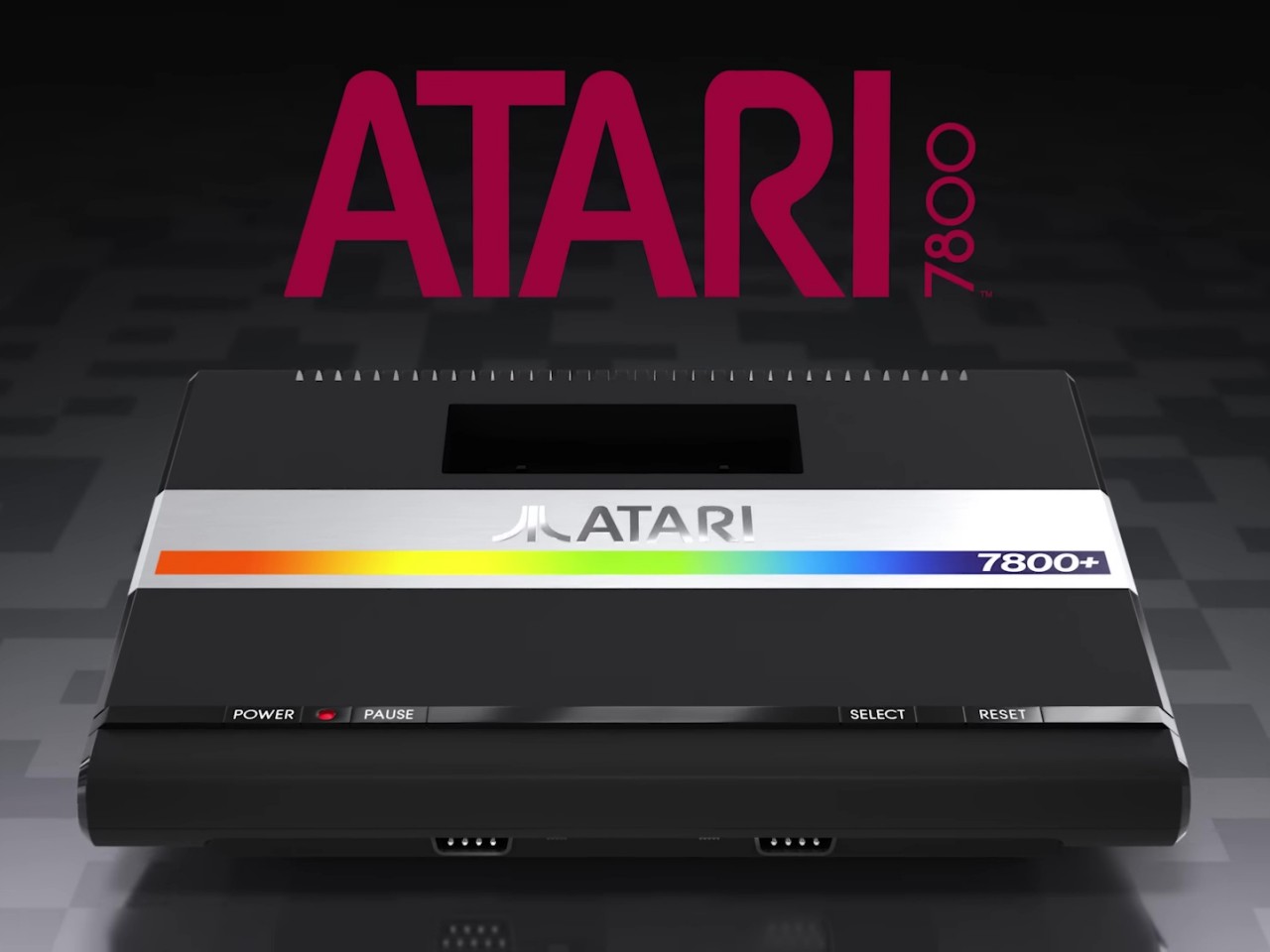
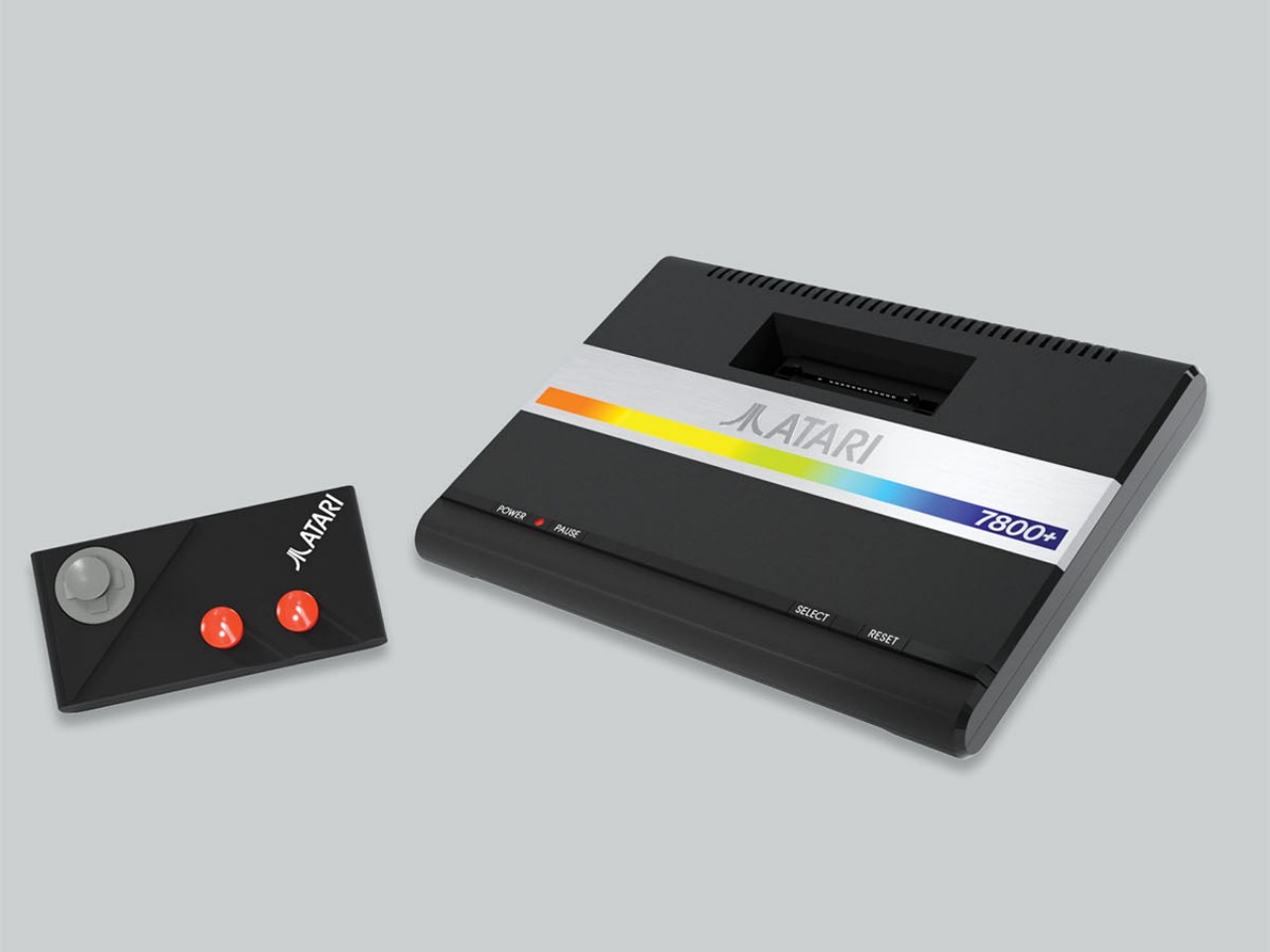
Unlike its successful predecessor, the Atari 2600, the Atari 7800 from 1986 just came at the wrong time, just after the video game crash of 1983 and on the same year that the Nintendo Entertainment System, a.k.a. the Nintendo Famicom, launched. Regardless, the home console, which supported Atari 2600 cartridges to fill up its library, managed to make it into the annals of video game history, a chapter that Atari is now trying to revive in an interesting way.
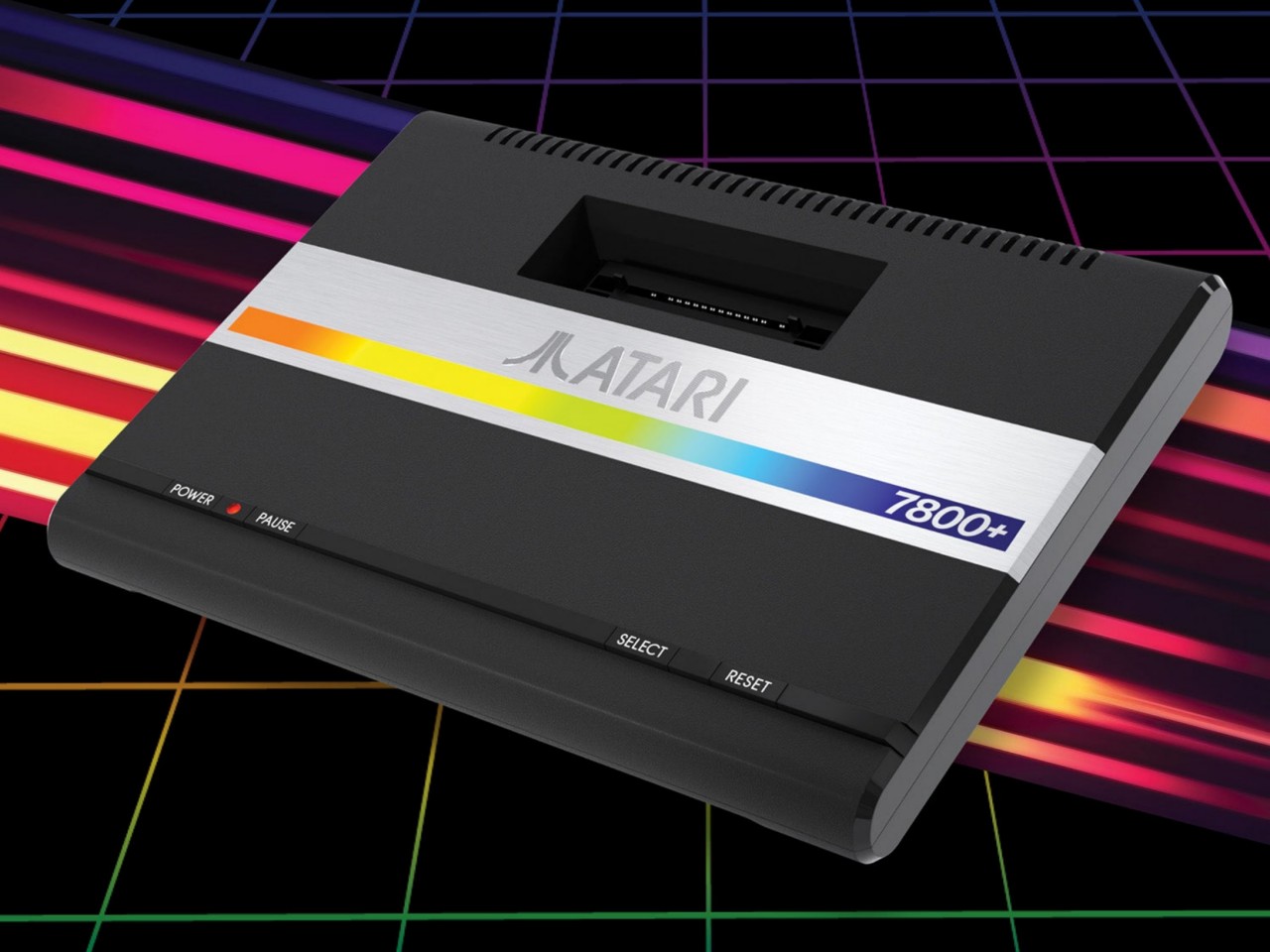
The Atari 7800+, like many retro recreations, is a smaller version of the original, designed to better fit today’s standard housing situation. It sticks closely to the shape and aesthetics of the 7800, down to the color spectrum strip that was the hallmark of the European version of the machine. It supports HDMI out and displaying games in the original 4:3 aspect ratio or switching to widescreen for modern monitors. Rather than coming with pre-installed games like other retro consoles that simply use emulators, the 7800+ offers an almost exact replica of the original to the point that you can run both 2600 and 7800 cartridges, presuming you have those lying around.
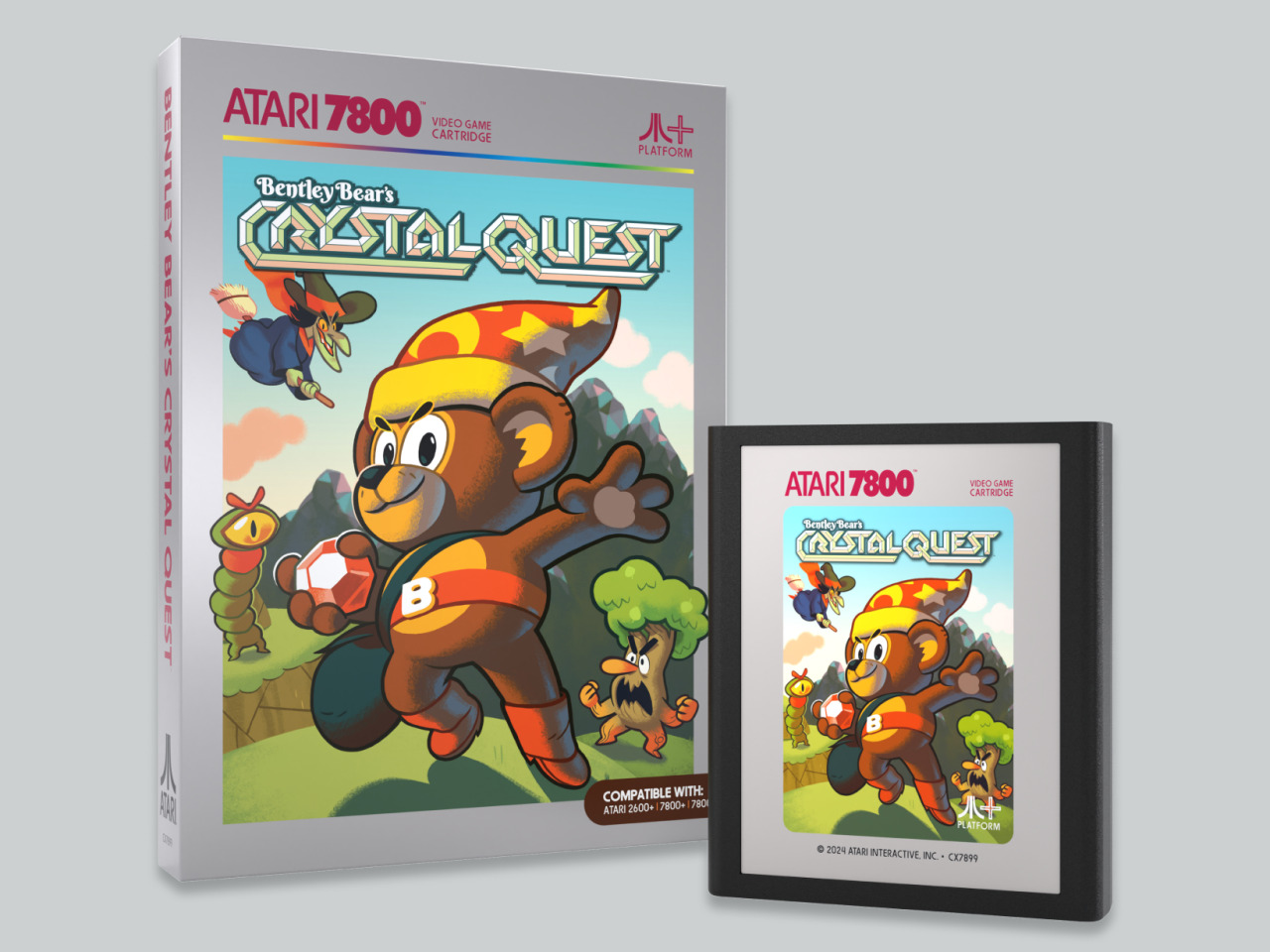
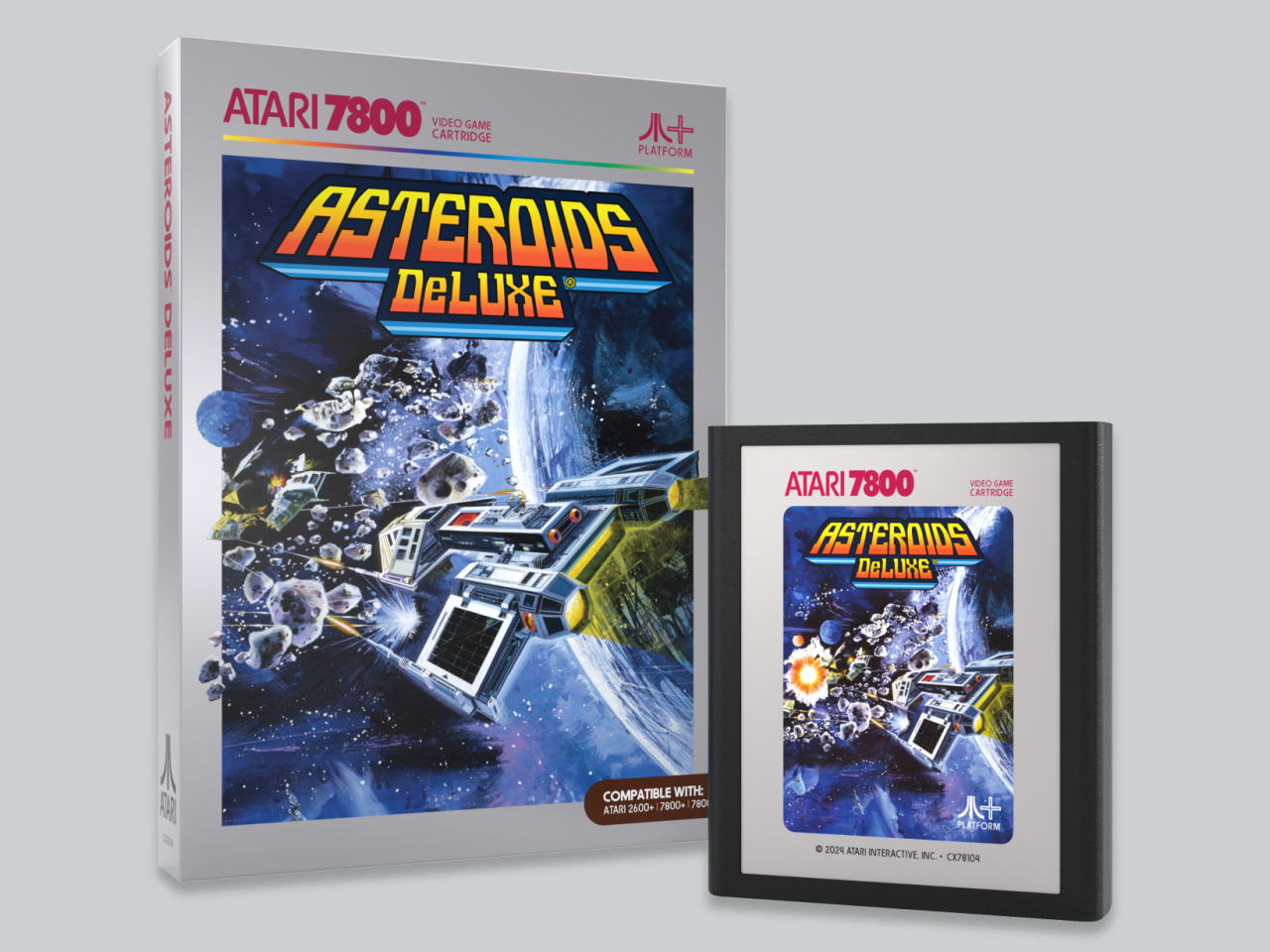
That’s not exactly a large selection of titles, so the Atari 7800+ also supports third-party Atari games as well. The company takes it even further and actually supports the official adaptation of some of these games sold as 7800+ cartridges. That includes Bentley Bear’s Crystal Quest, a homebrew Atari game developed in 2014 as an unofficial successor to the 80s Crystal Quest. This is the only cartridge that comes with the package, and the other nine titles will be sold separately at $29.99 a pop.
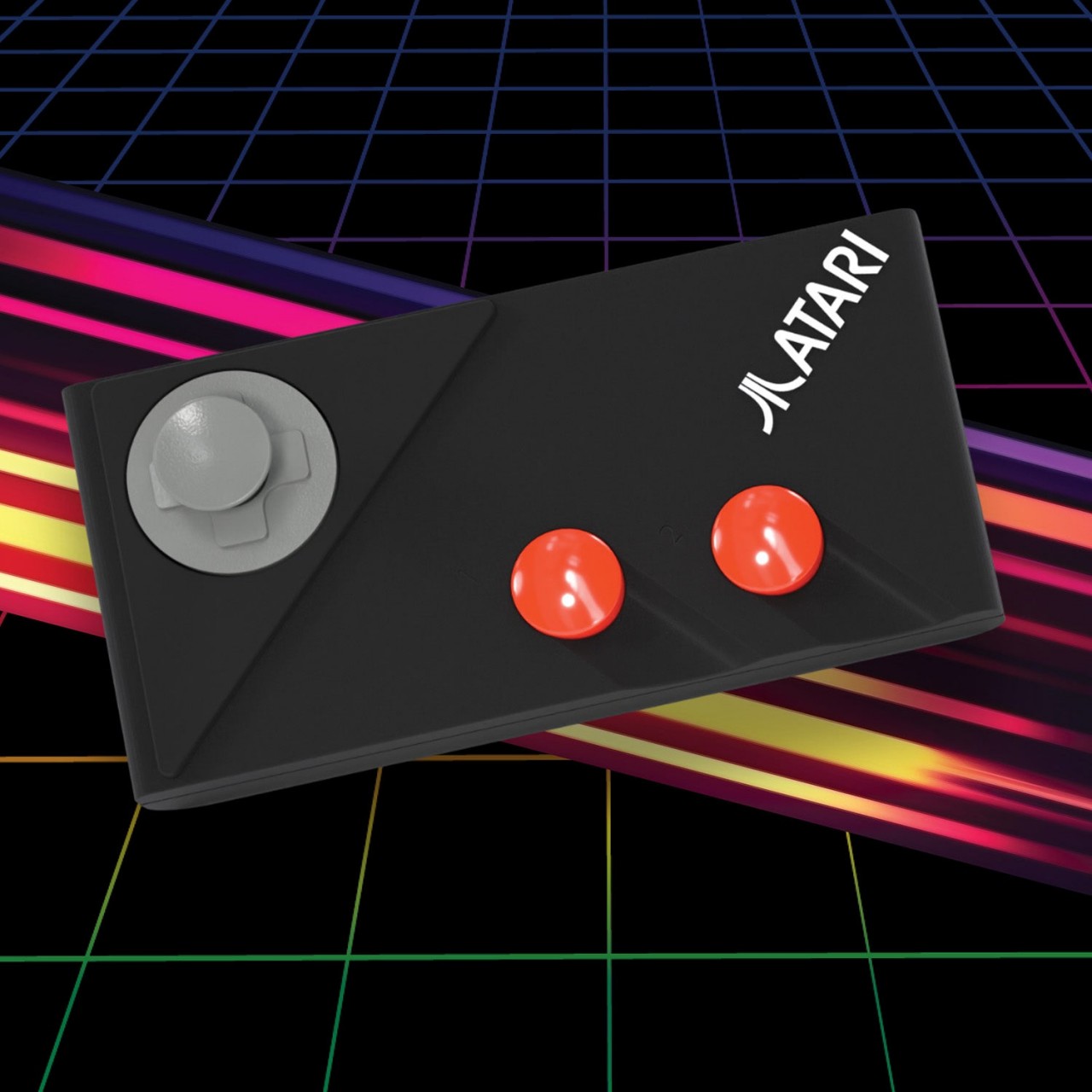
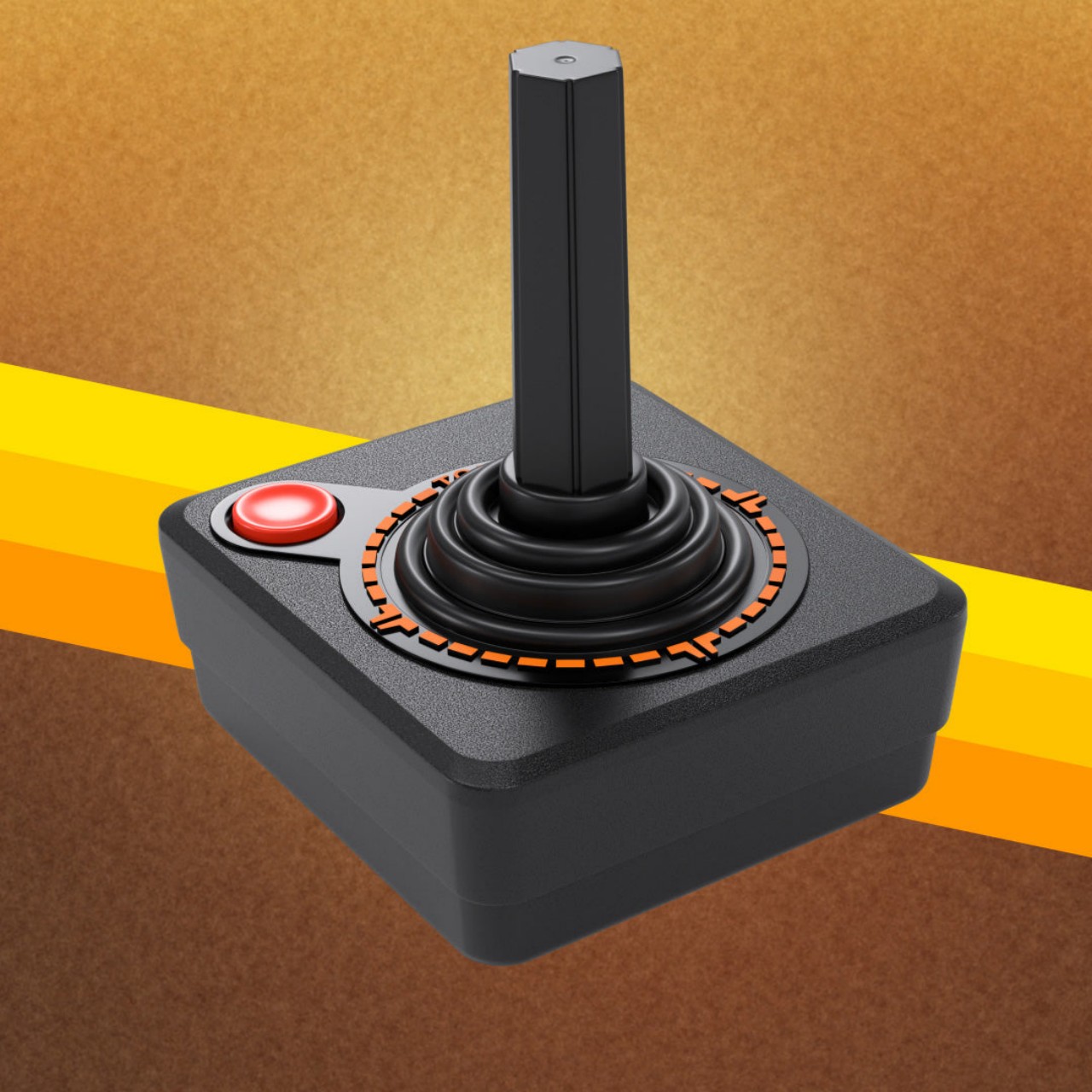
The Atari 7800+ also comes with the CX78+ controller, a wireless remake of the radical two-button control that Atari introduced with the 7800. There’s also a CX40+ wireless joystick available for purchase if you prefer to play that way. Both controllers are compatible with the original 2600 and 7800 and can also be hooked up to any PC via the USB receiver. The Atari 7800+ is available for pre-order now for $129.99 but won’t ship until Winter this year.

The post Atari 7800+ is a retro mini console that looks forward and backward first appeared on Yanko Design.
